The conical hat is a traditional Vietnamese item, used to protect against the sun and rain, while the ao dai is often considered the "national costume" and is used in formal ceremonial events.
The
conical hat is an exclusive product of the ancient Vietnamese people that appeared about 3000 years ago. The hat is usually woven from different types of leaves such as palm leaves, buong leaves, straw, bamboo, nguy leaves, ho leaves, du quy diep leaves, etc., but is mainly made from conical leaves.
The hat usually has a strap made of soft fabric or velvet, silk to hold it around the neck. The
conical hat is conical in shape. The conical leaves are arranged on a frame consisting of small bamboo strips in a circle shape, recorded with thread, or silk threads, foot threads. The conical bamboo strips are forged into thin, small and flexible bamboo strips, then reinforced into rings of different diameters to make conical hats. All are then arranged on a dog-shaped frame. To make a
conical hat, the craftsman takes each leaf, makes it Thiet, then uses scissors to cut the ends diagonally, uses a needle to thread them together lightly, 24-25 leaves at a time, then arranges them evenly on the top of the hat.
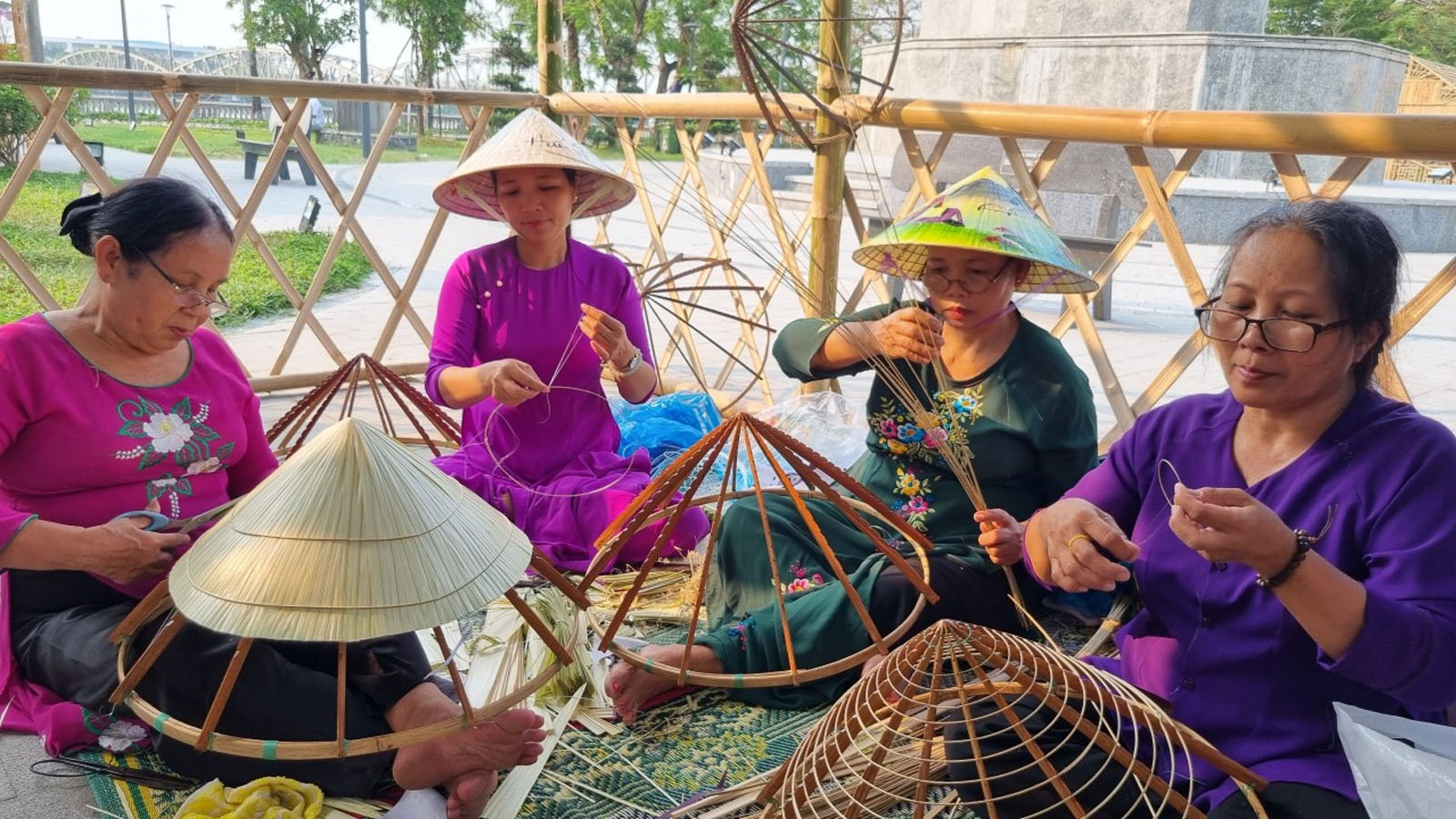
The
conical hat leaves are light and also damaged when exposed to a lot of rain, so the craftsmen take advantage of the drying technique to make a layer between the two layers of conical hat leaves, making the hat both hard and durable. In the next step, the craftsman ties the experienced conical hat leaves tightly on the span with the hat frame, then they start sewing. The craftsman places the leaves on the hat's ribs, then uses a foot wire & sewing needle to sew the hat into a cone shape. After the hat is shaped, it is brushed with a layer of varnish to increase durability and aesthetics (it can also be added to decorate the hat art). In the middle of the 3rd and 4th steps, the user only doubles the argument 2 to tie the strap. Usually made of velvet, silk, with many colors.
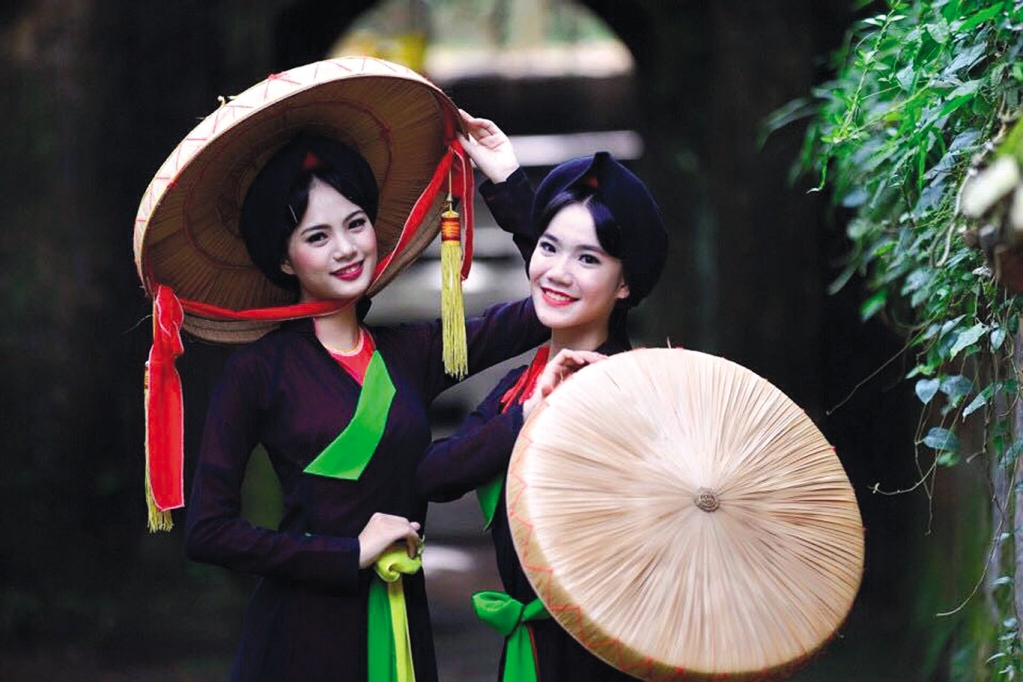
Another popular type of hat in Vietnam is the
Non Quai Thao, which appeared in the 18th century, a famous type of hat in the cultural heritage of Bac Ninh Quan Ho costumes.
Non Quai Thao (also known as Non Ba Tam, Non Det, Non Thong, etc.) is a type of fragrant hat, usually worn or carried by women during holidays, New Year, and festivals. In the past 50 years, when the waves of Bac Ninh Quan Ho folk songs were widely spread and known by many people, the image of the
Non Quai Thao quickly became a typical symbol of Bac Ninh Quan Ho and people often jokingly called it "Quan Ho hat". The
Non Quai Thao is usually quite large in size, with a diameter of the hat's face estimated at 70-80 cm, covering the entire face of the wearer, creating a spacious, airy and cool space. The roof is covered with palm leaves or palm leaves, and right below is the hat's edge 10-12 cm high. In the middle of the hat is attached a circle like a basket, about 8 cm high, called the “khua”. The khua needs to be strong to support the heavy hat. The hat’s khua is elaborately made: It is made of small, shiny bamboo fibers sewn together with colorful silk threads. The threads crisscross each other to form beautiful shapes of flowers, leaves, birds and animals.
The quai thao is an indispensable part of the conical hat, it not only makes the hat balanced and sturdy, but also makes the woman more graceful and graceful... Quai thao is made of silk, but it is a special type of silk, which is cheap, durable and has high value. Usually, young girls like to use ivory white quai thao, while purple and black quai thao are used for married women. Quai thao consists of 2 to 3 strands woven together (called double quai), hanging down to the waist. When wearing it, the woman holds the quai thao in front of her chest, the hat does not swing and is convenient to adjust when wearing it straight or when needing to tilt it to block the sun...
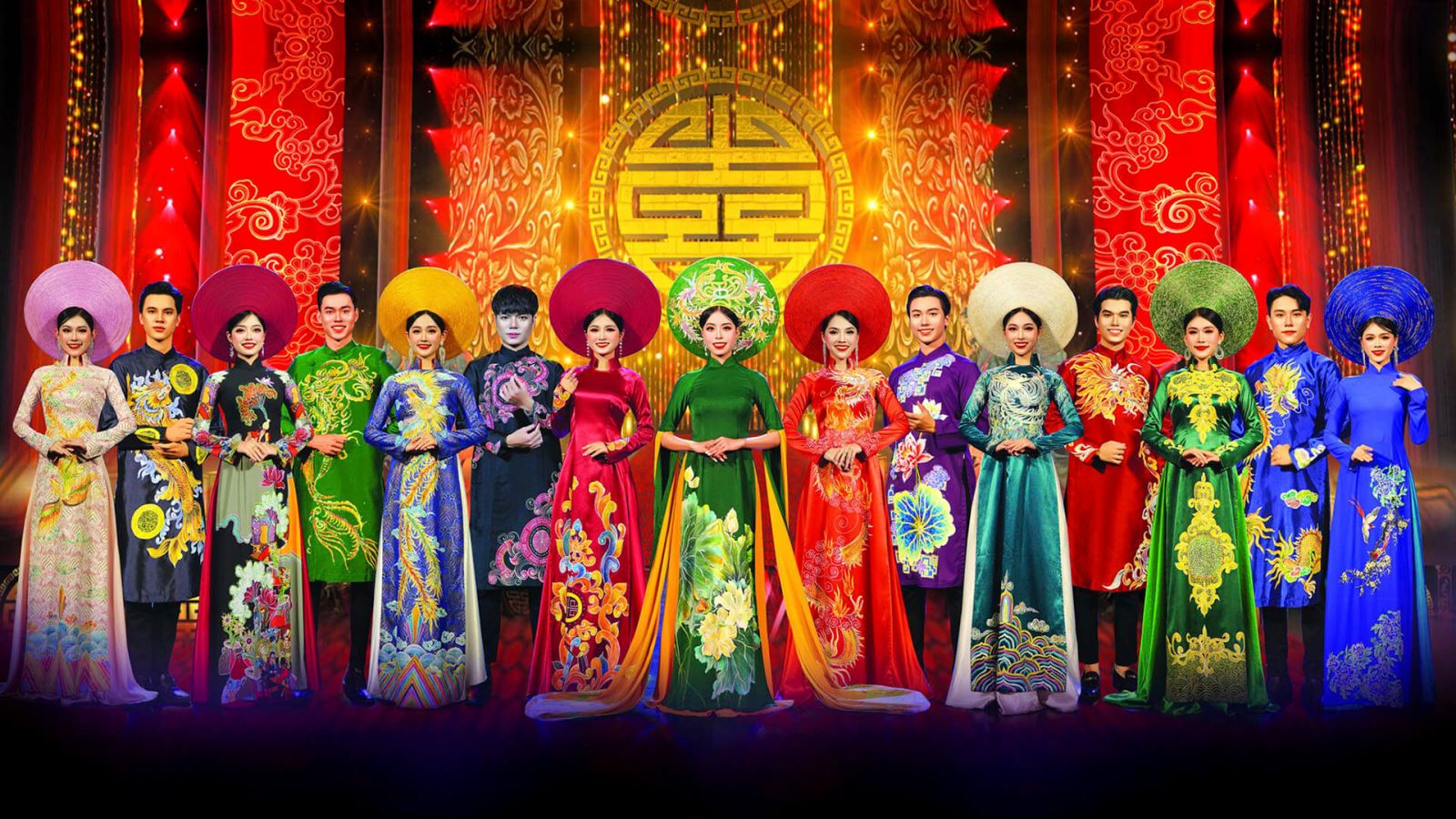
If Korea has Hanbok, Japan has Kimono, Scotland has Kilt skirt... then Vietnam is known for its graceful
Ao Dai. The word "
Ao Dai" was originally included in the Oxford dictionary and is explained as a type of Vietnamese women's clothing with a design of two front and back panels reaching to the ankles, covering the outside of long pants.
Ao Dai is used in many events, from formal ceremonies in the family, office, society, diplomacy... to performing arts, daily applications, especially on the occasion of festivals, traditional Tet; performing in festivals, fashion weeks, beauty pageants, domestic and foreign beauties... Unlike traditional costumes of many countries in the world, wearing
Ao Dai, Vietnamese women do not need to spend much time, it is simple, neat, graceful and elegant.
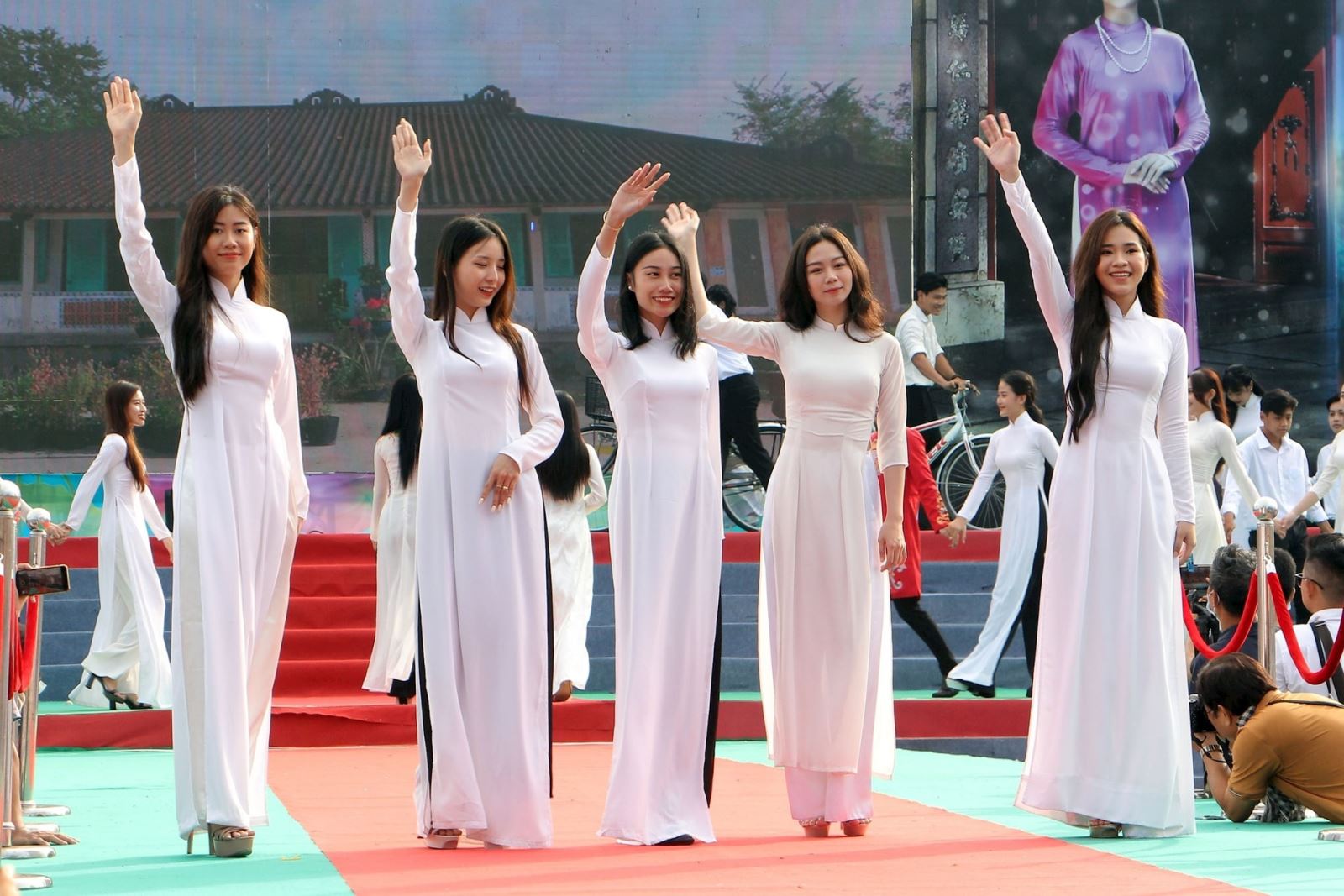
When choosing
Ao Dai, each color has a meaning. In feudal times, yellow was the color of royalty and was reserved for the king and queen. Red
Ao Dai is worn during Tet to pray for luck and prosperity. The bride and groom may also wear red on their wedding day, so you should choose a different color of ao dai if you are a guest at the wedding. White symbolizes purity and innocence, as seen in the white dresses worn by high school students, and black is often worn at funerals. Vietnamese women also choose their ao dai color based on their element (metal, wood, water, fire or earth) derived from their birth year. If you are looking for ready-made ao dai, you will have plenty of options at shops in Hanoi's Old Quarter, Ho Chi Minh City and Hoi An Ancient Town. Tailors in Hoi An can also make you a completely new
ao dai in just a few days. Feel free to choose your own style and color for a personal touch. To create a personal
ao dai, head to Van Phuc silk village, 20 minutes from Hanoi. Here you can buy high quality silk from the source, learn about silk making, tailor ao dai and take beautiful photos among the fluttering silk ribbons.
 The conical hat leaves are light and also damaged when exposed to a lot of rain, so the craftsmen take advantage of the drying technique to make a layer between the two layers of conical hat leaves, making the hat both hard and durable. In the next step, the craftsman ties the experienced conical hat leaves tightly on the span with the hat frame, then they start sewing. The craftsman places the leaves on the hat's ribs, then uses a foot wire & sewing needle to sew the hat into a cone shape. After the hat is shaped, it is brushed with a layer of varnish to increase durability and aesthetics (it can also be added to decorate the hat art). In the middle of the 3rd and 4th steps, the user only doubles the argument 2 to tie the strap. Usually made of velvet, silk, with many colors.
The conical hat leaves are light and also damaged when exposed to a lot of rain, so the craftsmen take advantage of the drying technique to make a layer between the two layers of conical hat leaves, making the hat both hard and durable. In the next step, the craftsman ties the experienced conical hat leaves tightly on the span with the hat frame, then they start sewing. The craftsman places the leaves on the hat's ribs, then uses a foot wire & sewing needle to sew the hat into a cone shape. After the hat is shaped, it is brushed with a layer of varnish to increase durability and aesthetics (it can also be added to decorate the hat art). In the middle of the 3rd and 4th steps, the user only doubles the argument 2 to tie the strap. Usually made of velvet, silk, with many colors. Another popular type of hat in Vietnam is the Non Quai Thao, which appeared in the 18th century, a famous type of hat in the cultural heritage of Bac Ninh Quan Ho costumes. Non Quai Thao (also known as Non Ba Tam, Non Det, Non Thong, etc.) is a type of fragrant hat, usually worn or carried by women during holidays, New Year, and festivals. In the past 50 years, when the waves of Bac Ninh Quan Ho folk songs were widely spread and known by many people, the image of the Non Quai Thao quickly became a typical symbol of Bac Ninh Quan Ho and people often jokingly called it "Quan Ho hat". The Non Quai Thao is usually quite large in size, with a diameter of the hat's face estimated at 70-80 cm, covering the entire face of the wearer, creating a spacious, airy and cool space. The roof is covered with palm leaves or palm leaves, and right below is the hat's edge 10-12 cm high. In the middle of the hat is attached a circle like a basket, about 8 cm high, called the “khua”. The khua needs to be strong to support the heavy hat. The hat’s khua is elaborately made: It is made of small, shiny bamboo fibers sewn together with colorful silk threads. The threads crisscross each other to form beautiful shapes of flowers, leaves, birds and animals.
Another popular type of hat in Vietnam is the Non Quai Thao, which appeared in the 18th century, a famous type of hat in the cultural heritage of Bac Ninh Quan Ho costumes. Non Quai Thao (also known as Non Ba Tam, Non Det, Non Thong, etc.) is a type of fragrant hat, usually worn or carried by women during holidays, New Year, and festivals. In the past 50 years, when the waves of Bac Ninh Quan Ho folk songs were widely spread and known by many people, the image of the Non Quai Thao quickly became a typical symbol of Bac Ninh Quan Ho and people often jokingly called it "Quan Ho hat". The Non Quai Thao is usually quite large in size, with a diameter of the hat's face estimated at 70-80 cm, covering the entire face of the wearer, creating a spacious, airy and cool space. The roof is covered with palm leaves or palm leaves, and right below is the hat's edge 10-12 cm high. In the middle of the hat is attached a circle like a basket, about 8 cm high, called the “khua”. The khua needs to be strong to support the heavy hat. The hat’s khua is elaborately made: It is made of small, shiny bamboo fibers sewn together with colorful silk threads. The threads crisscross each other to form beautiful shapes of flowers, leaves, birds and animals. If Korea has Hanbok, Japan has Kimono, Scotland has Kilt skirt... then Vietnam is known for its graceful Ao Dai. The word "Ao Dai" was originally included in the Oxford dictionary and is explained as a type of Vietnamese women's clothing with a design of two front and back panels reaching to the ankles, covering the outside of long pants. Ao Dai is used in many events, from formal ceremonies in the family, office, society, diplomacy... to performing arts, daily applications, especially on the occasion of festivals, traditional Tet; performing in festivals, fashion weeks, beauty pageants, domestic and foreign beauties... Unlike traditional costumes of many countries in the world, wearing Ao Dai, Vietnamese women do not need to spend much time, it is simple, neat, graceful and elegant.
If Korea has Hanbok, Japan has Kimono, Scotland has Kilt skirt... then Vietnam is known for its graceful Ao Dai. The word "Ao Dai" was originally included in the Oxford dictionary and is explained as a type of Vietnamese women's clothing with a design of two front and back panels reaching to the ankles, covering the outside of long pants. Ao Dai is used in many events, from formal ceremonies in the family, office, society, diplomacy... to performing arts, daily applications, especially on the occasion of festivals, traditional Tet; performing in festivals, fashion weeks, beauty pageants, domestic and foreign beauties... Unlike traditional costumes of many countries in the world, wearing Ao Dai, Vietnamese women do not need to spend much time, it is simple, neat, graceful and elegant. When choosing Ao Dai, each color has a meaning. In feudal times, yellow was the color of royalty and was reserved for the king and queen. Red Ao Dai is worn during Tet to pray for luck and prosperity. The bride and groom may also wear red on their wedding day, so you should choose a different color of ao dai if you are a guest at the wedding. White symbolizes purity and innocence, as seen in the white dresses worn by high school students, and black is often worn at funerals. Vietnamese women also choose their ao dai color based on their element (metal, wood, water, fire or earth) derived from their birth year. If you are looking for ready-made ao dai, you will have plenty of options at shops in Hanoi's Old Quarter, Ho Chi Minh City and Hoi An Ancient Town. Tailors in Hoi An can also make you a completely new ao dai in just a few days. Feel free to choose your own style and color for a personal touch. To create a personal ao dai, head to Van Phuc silk village, 20 minutes from Hanoi. Here you can buy high quality silk from the source, learn about silk making, tailor ao dai and take beautiful photos among the fluttering silk ribbons.
When choosing Ao Dai, each color has a meaning. In feudal times, yellow was the color of royalty and was reserved for the king and queen. Red Ao Dai is worn during Tet to pray for luck and prosperity. The bride and groom may also wear red on their wedding day, so you should choose a different color of ao dai if you are a guest at the wedding. White symbolizes purity and innocence, as seen in the white dresses worn by high school students, and black is often worn at funerals. Vietnamese women also choose their ao dai color based on their element (metal, wood, water, fire or earth) derived from their birth year. If you are looking for ready-made ao dai, you will have plenty of options at shops in Hanoi's Old Quarter, Ho Chi Minh City and Hoi An Ancient Town. Tailors in Hoi An can also make you a completely new ao dai in just a few days. Feel free to choose your own style and color for a personal touch. To create a personal ao dai, head to Van Phuc silk village, 20 minutes from Hanoi. Here you can buy high quality silk from the source, learn about silk making, tailor ao dai and take beautiful photos among the fluttering silk ribbons.
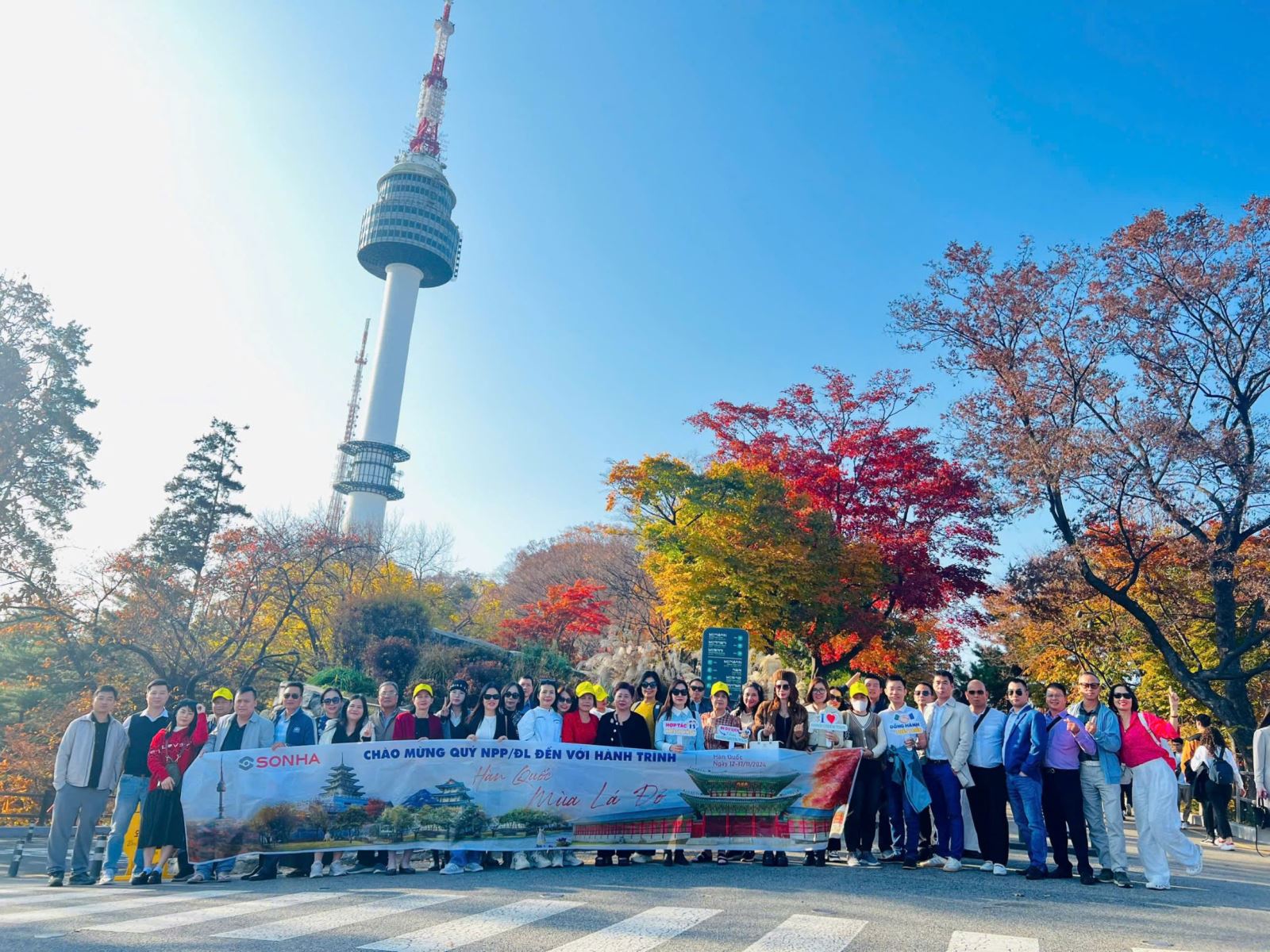



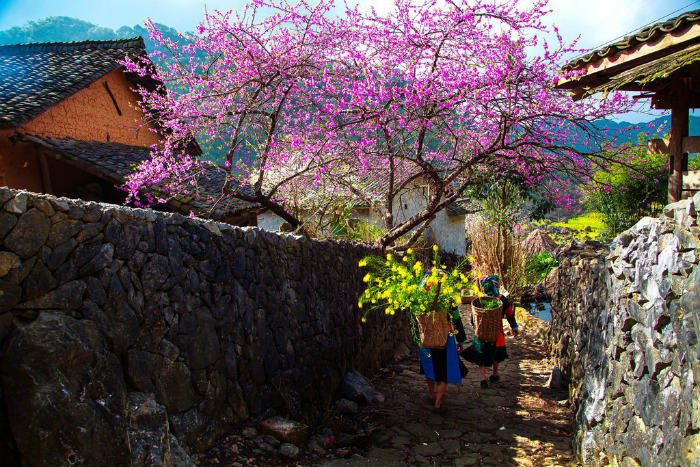





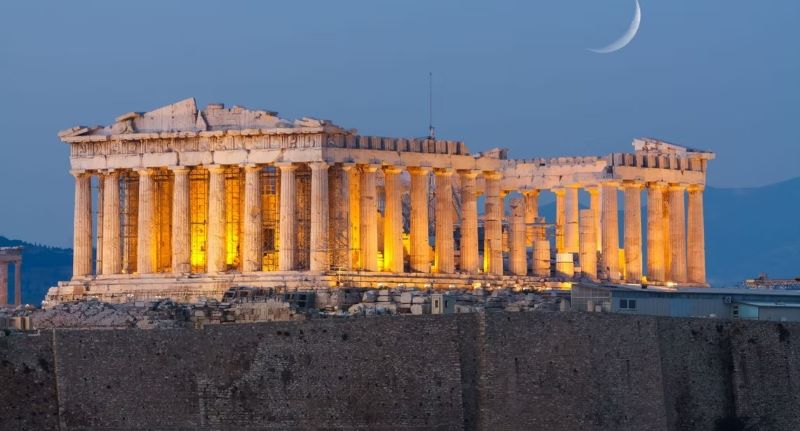

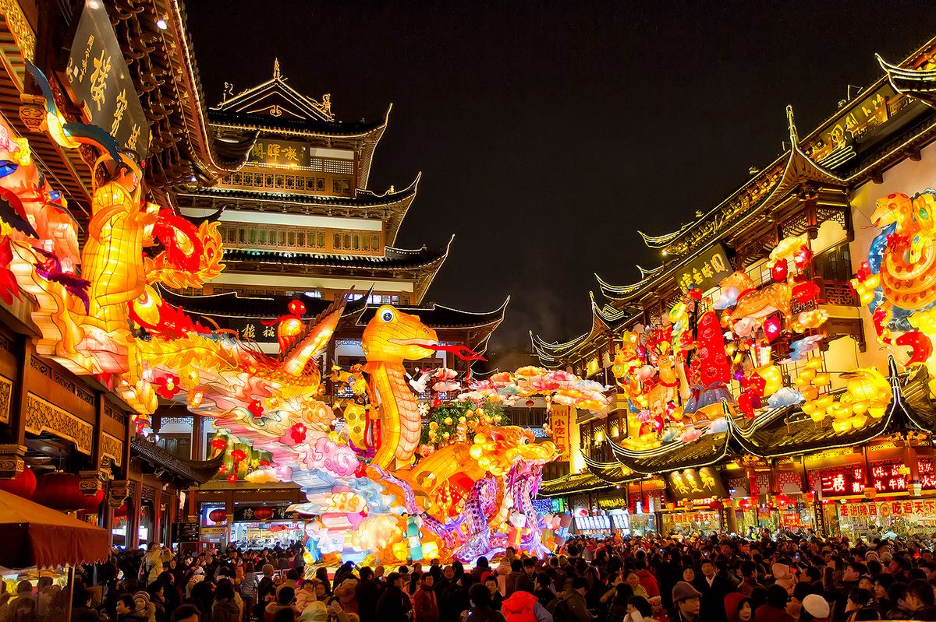

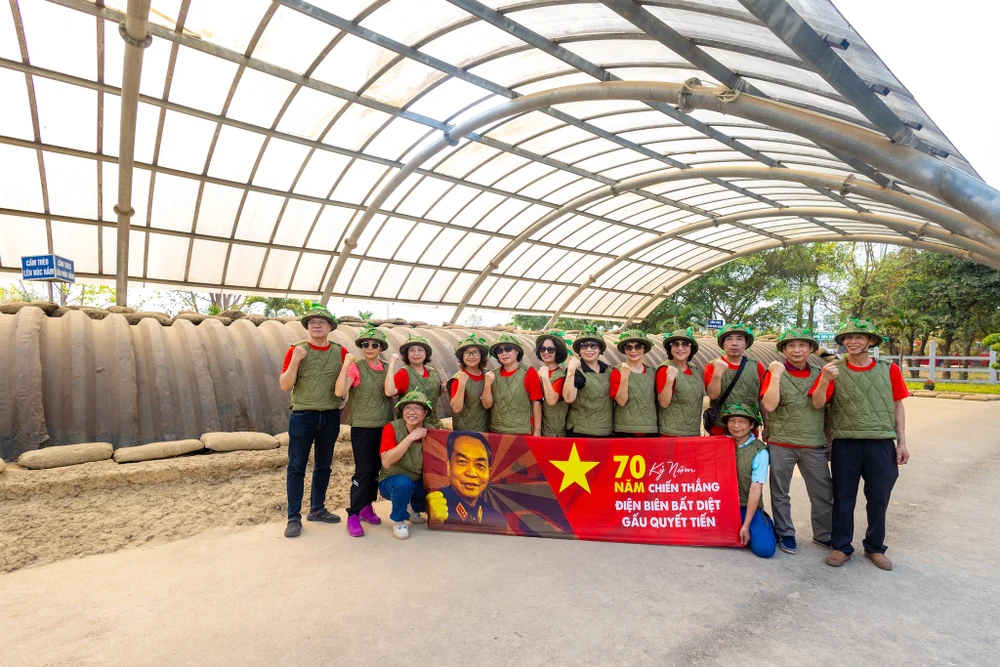




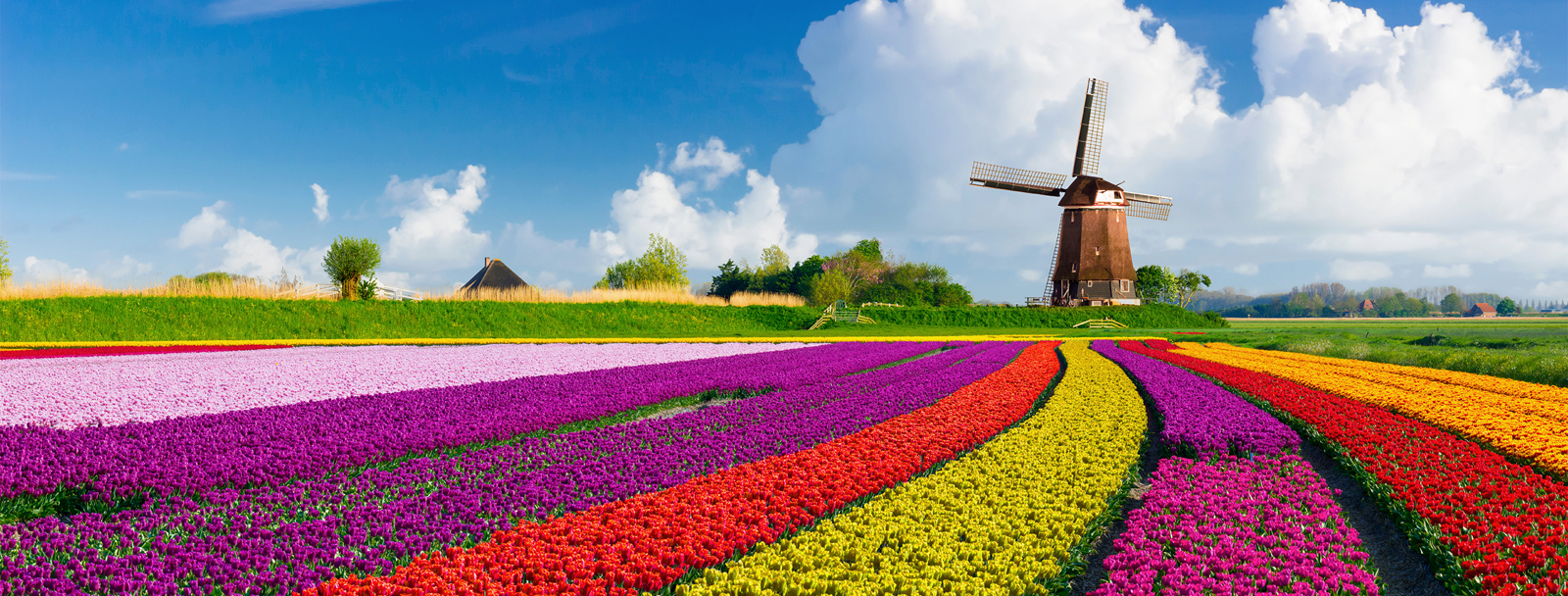





.jpg)





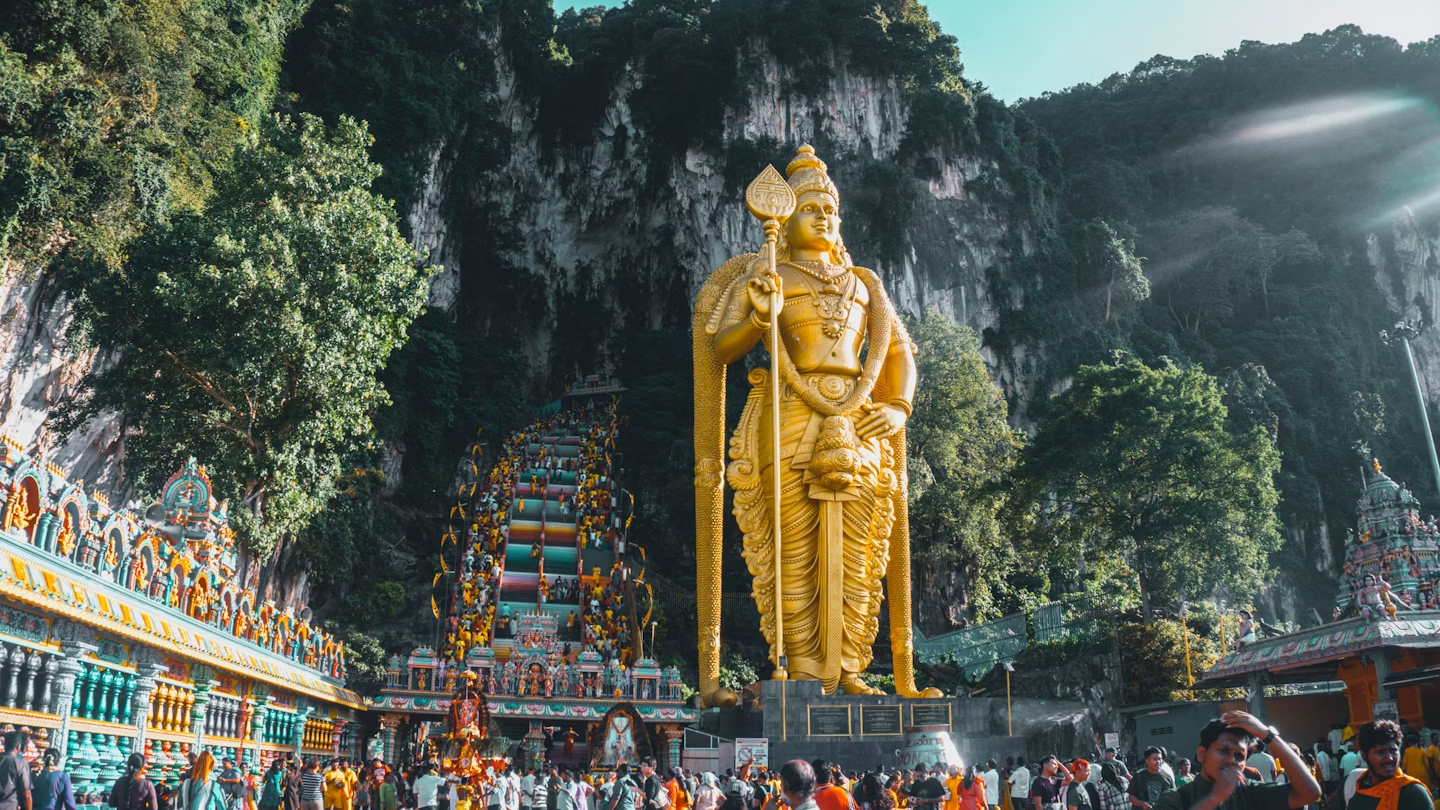
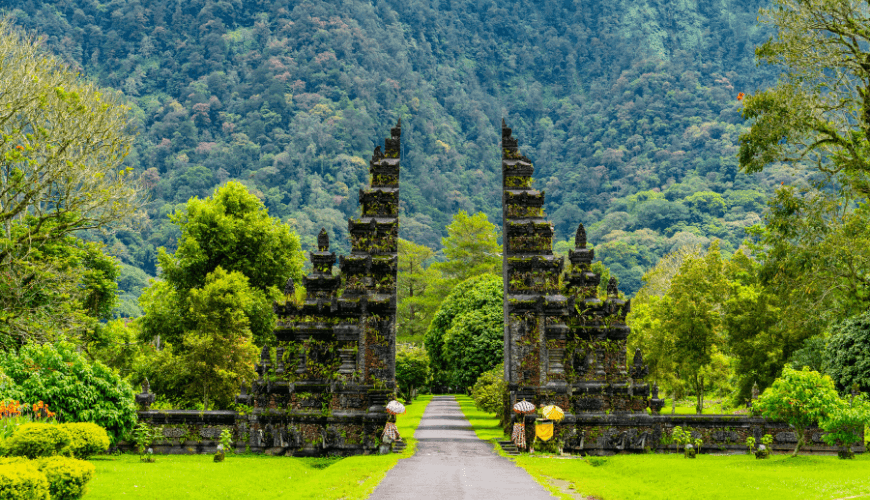






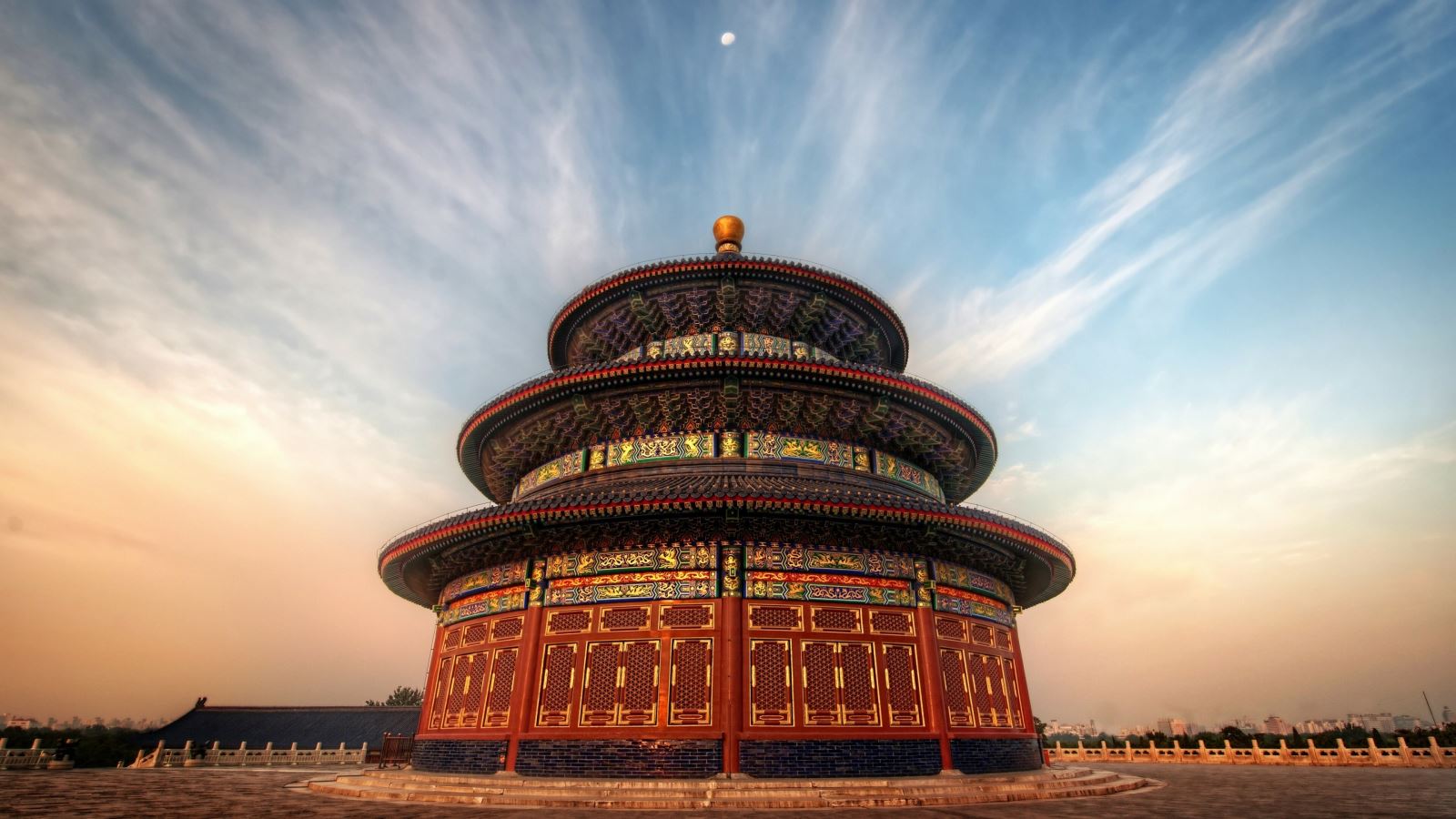


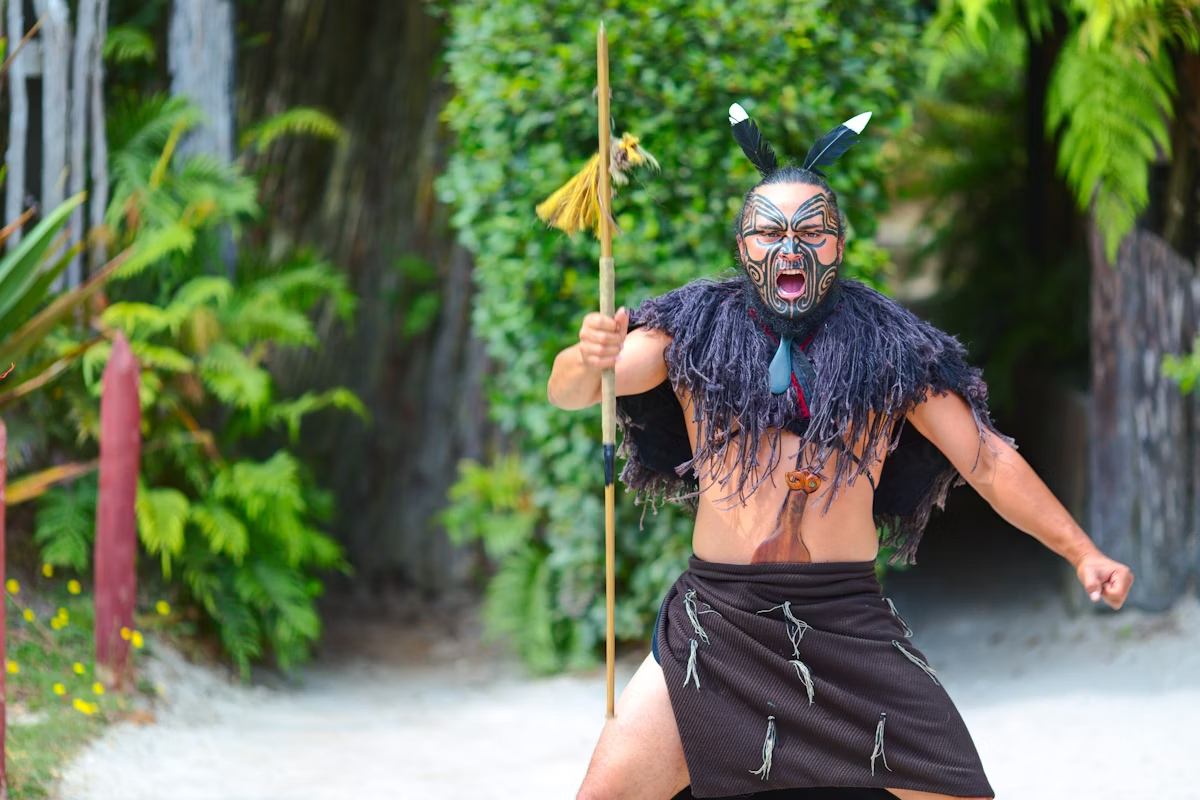

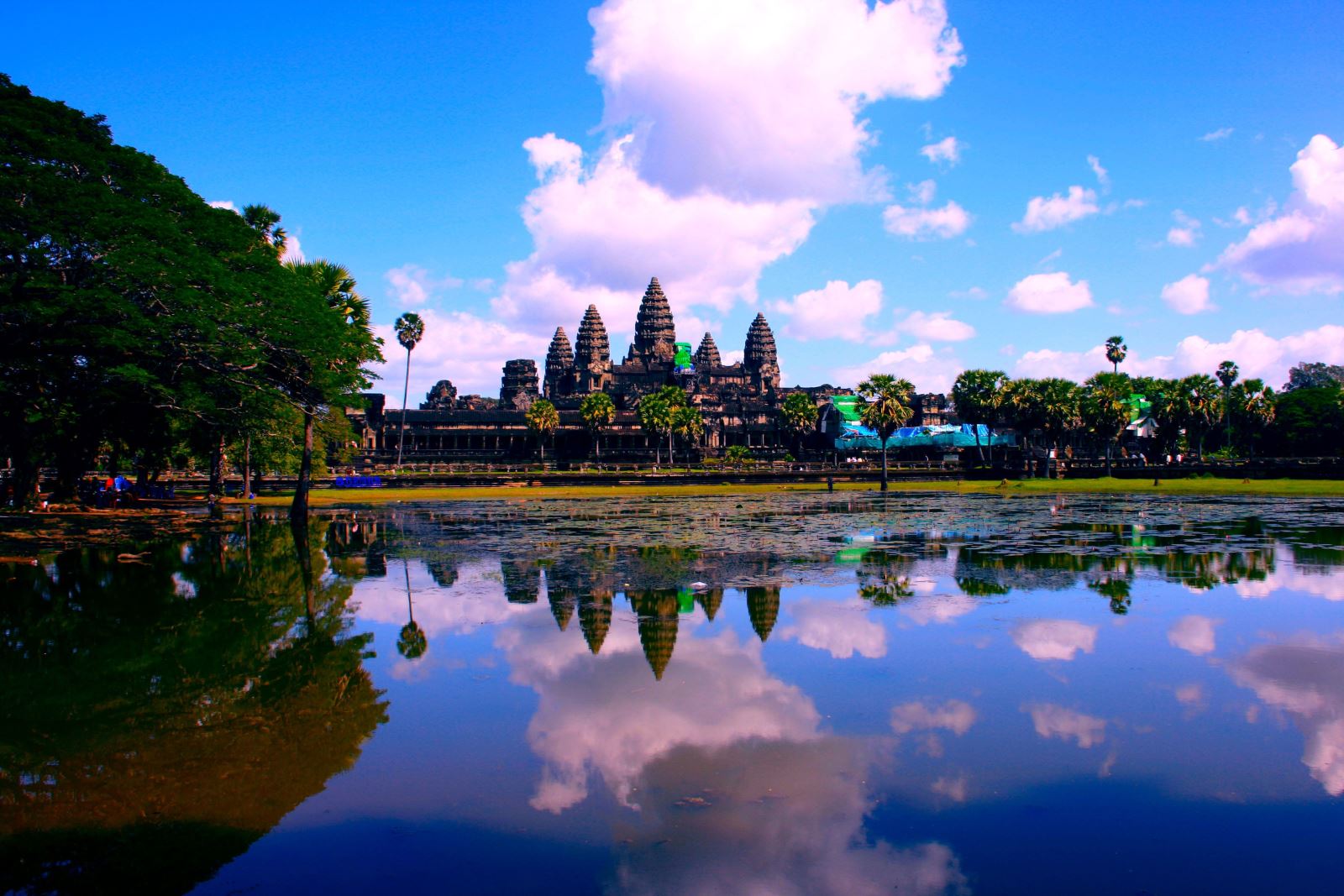
.png)




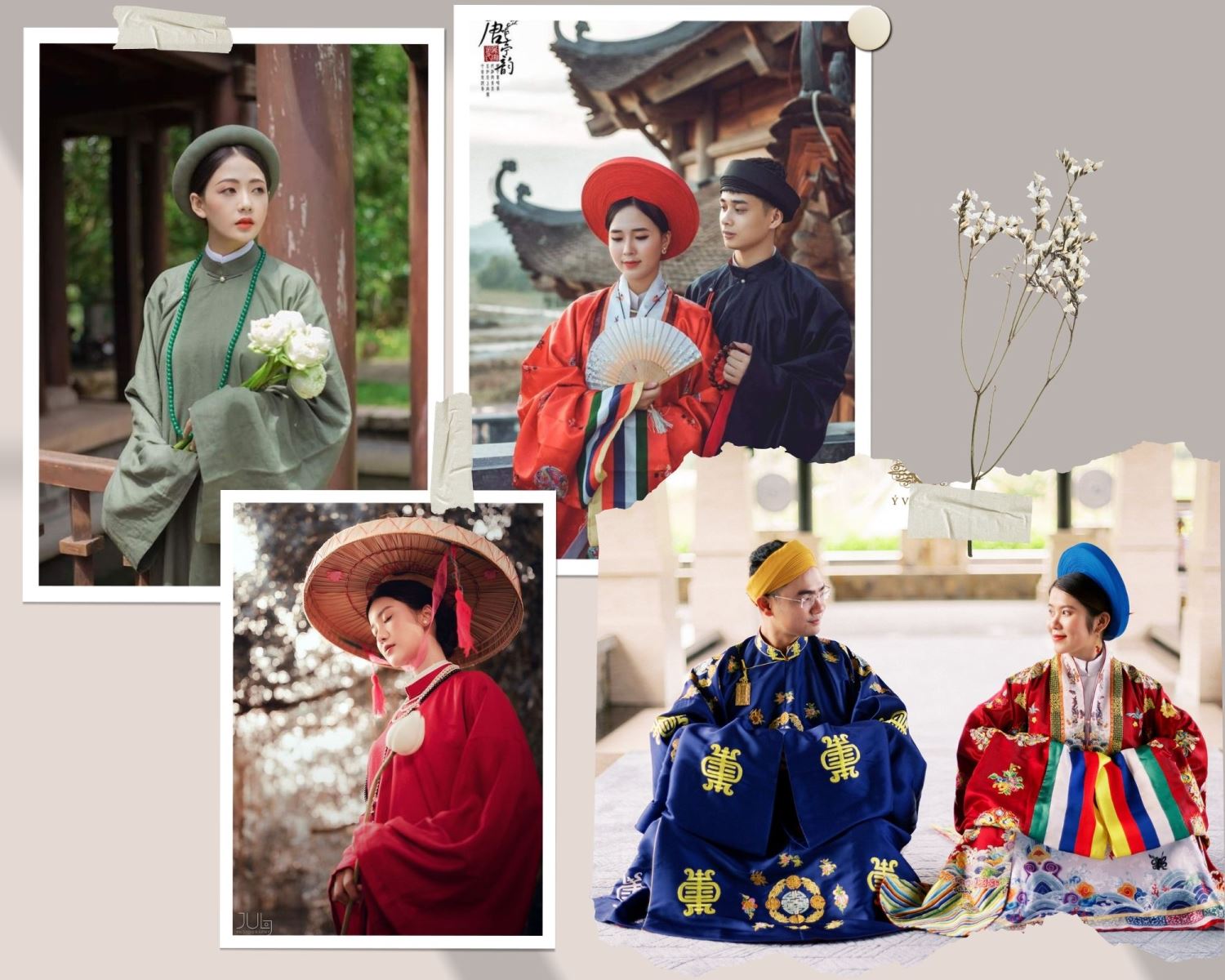








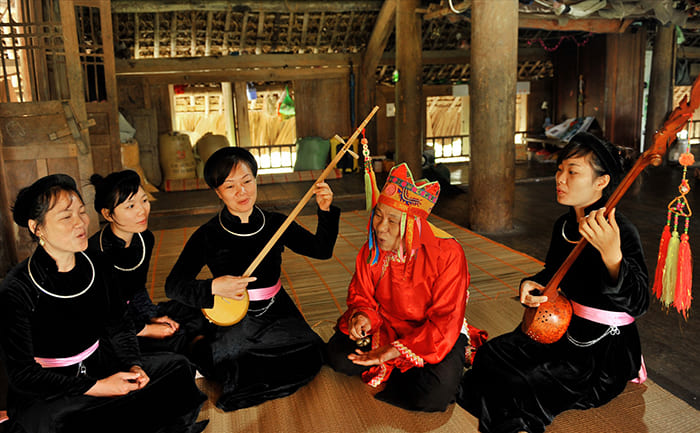
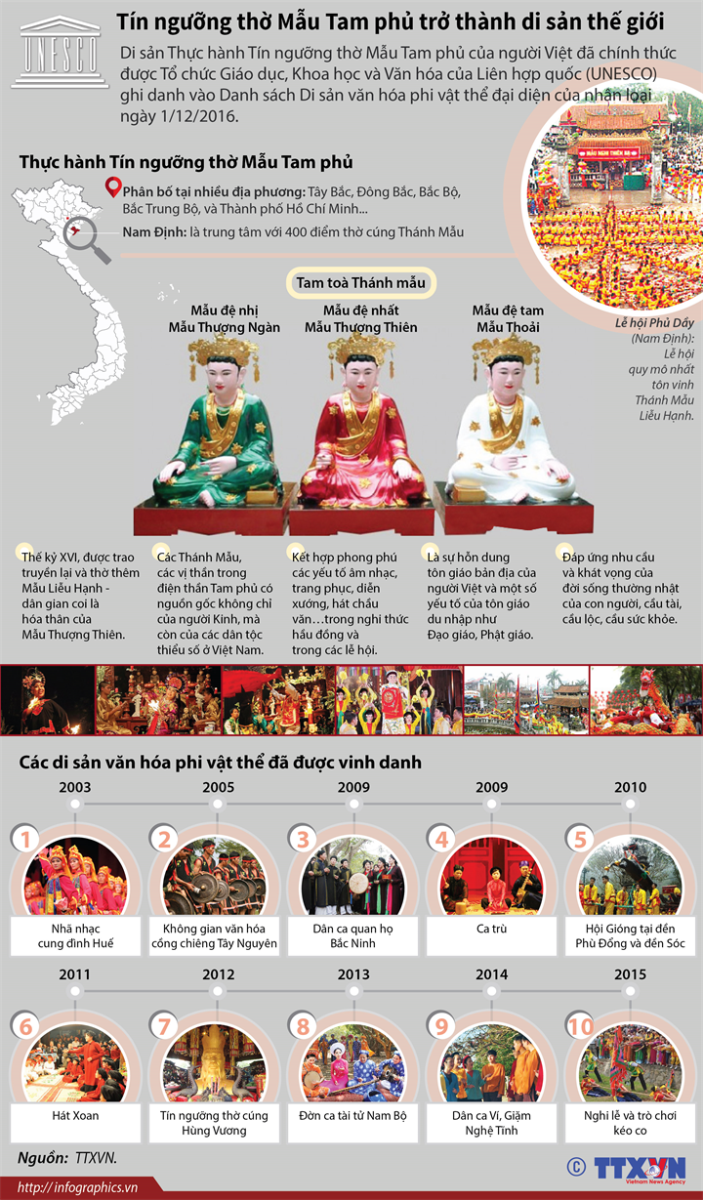
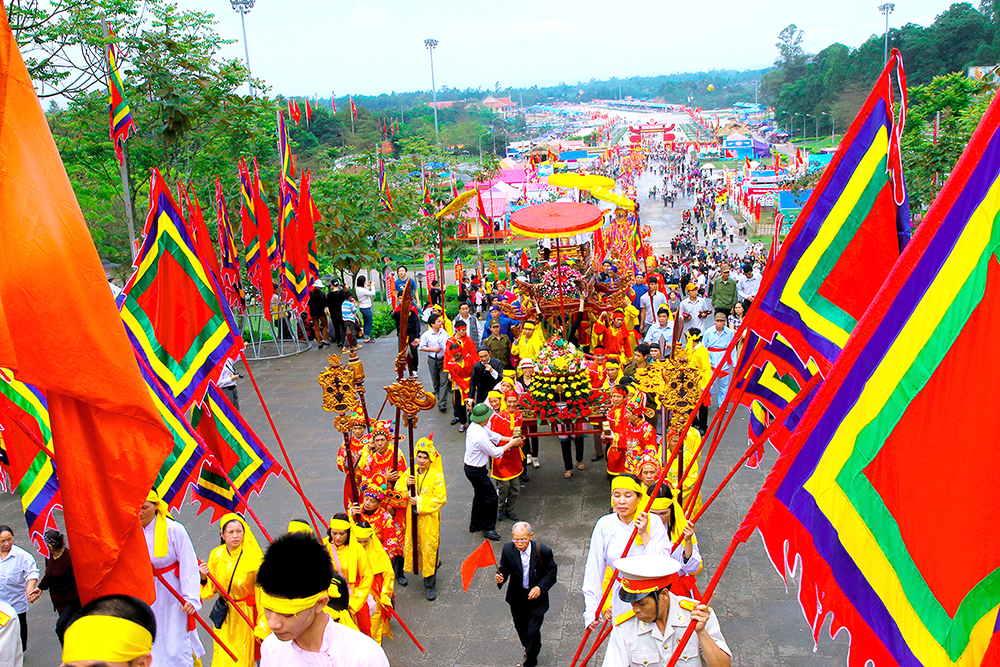

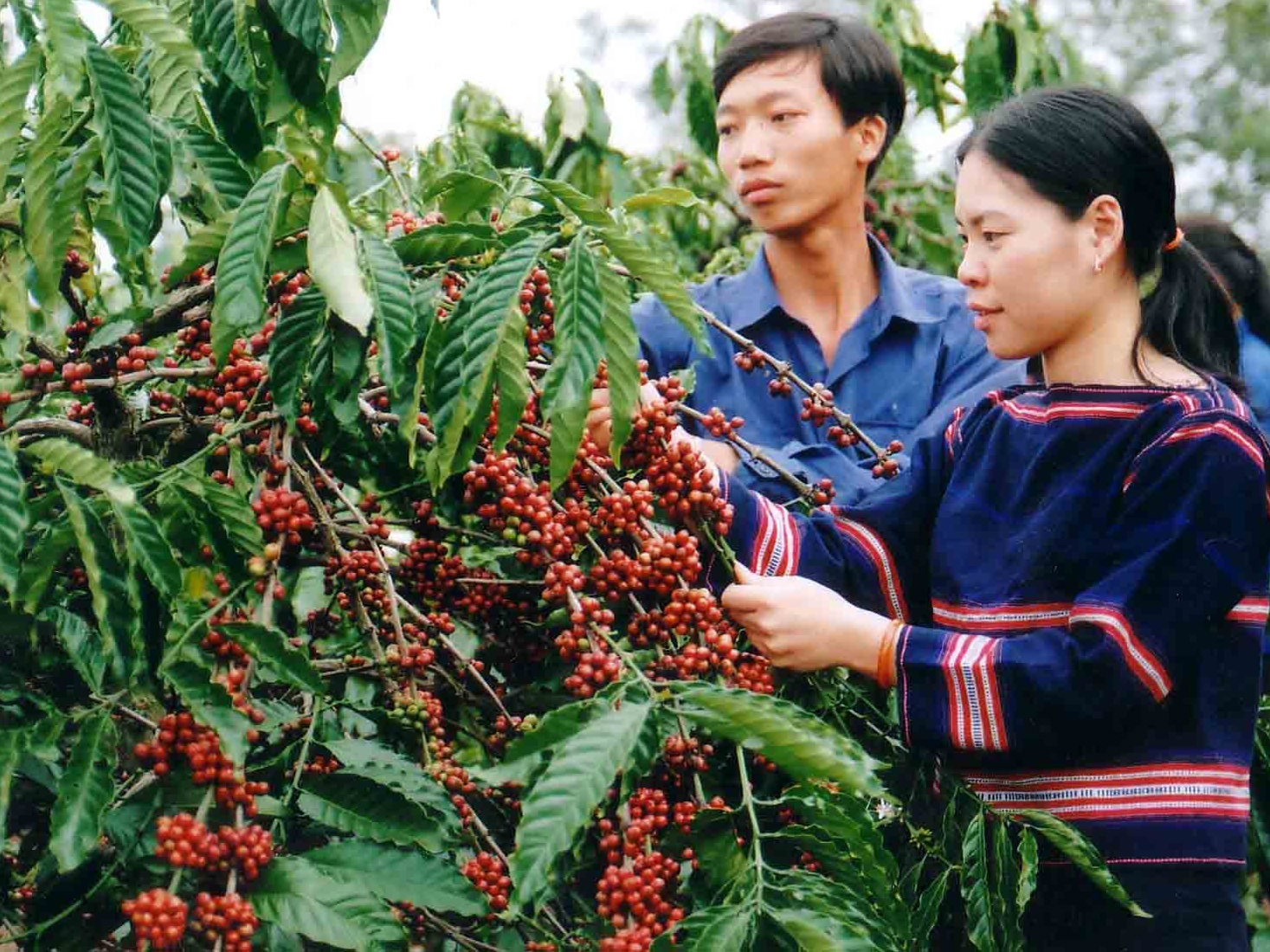

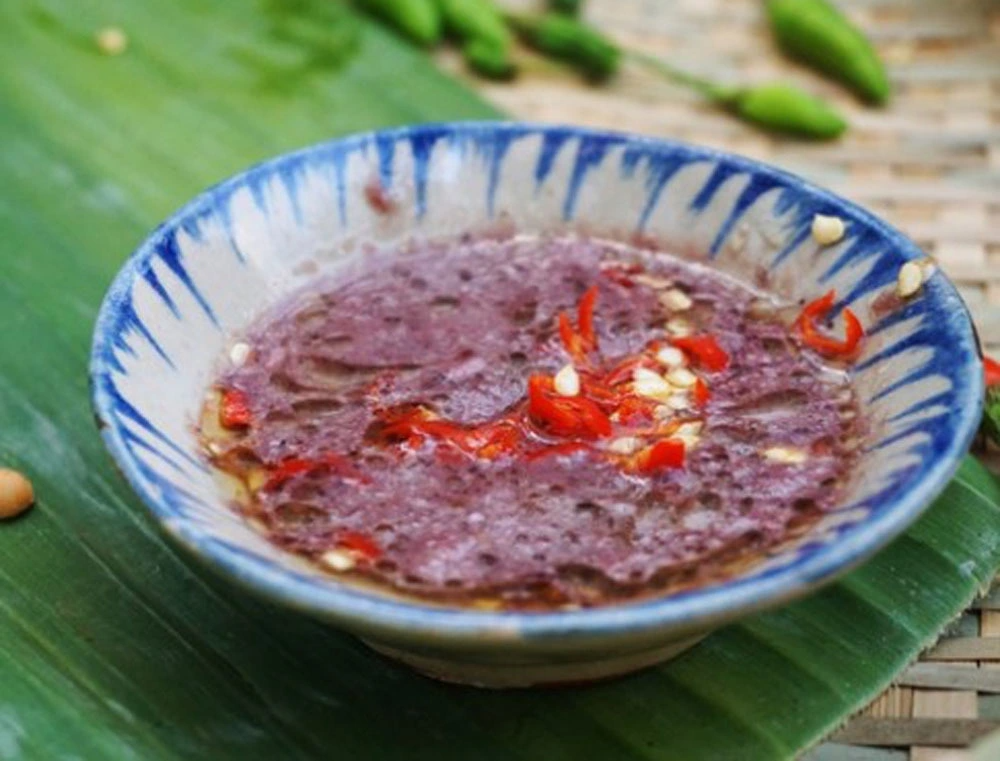
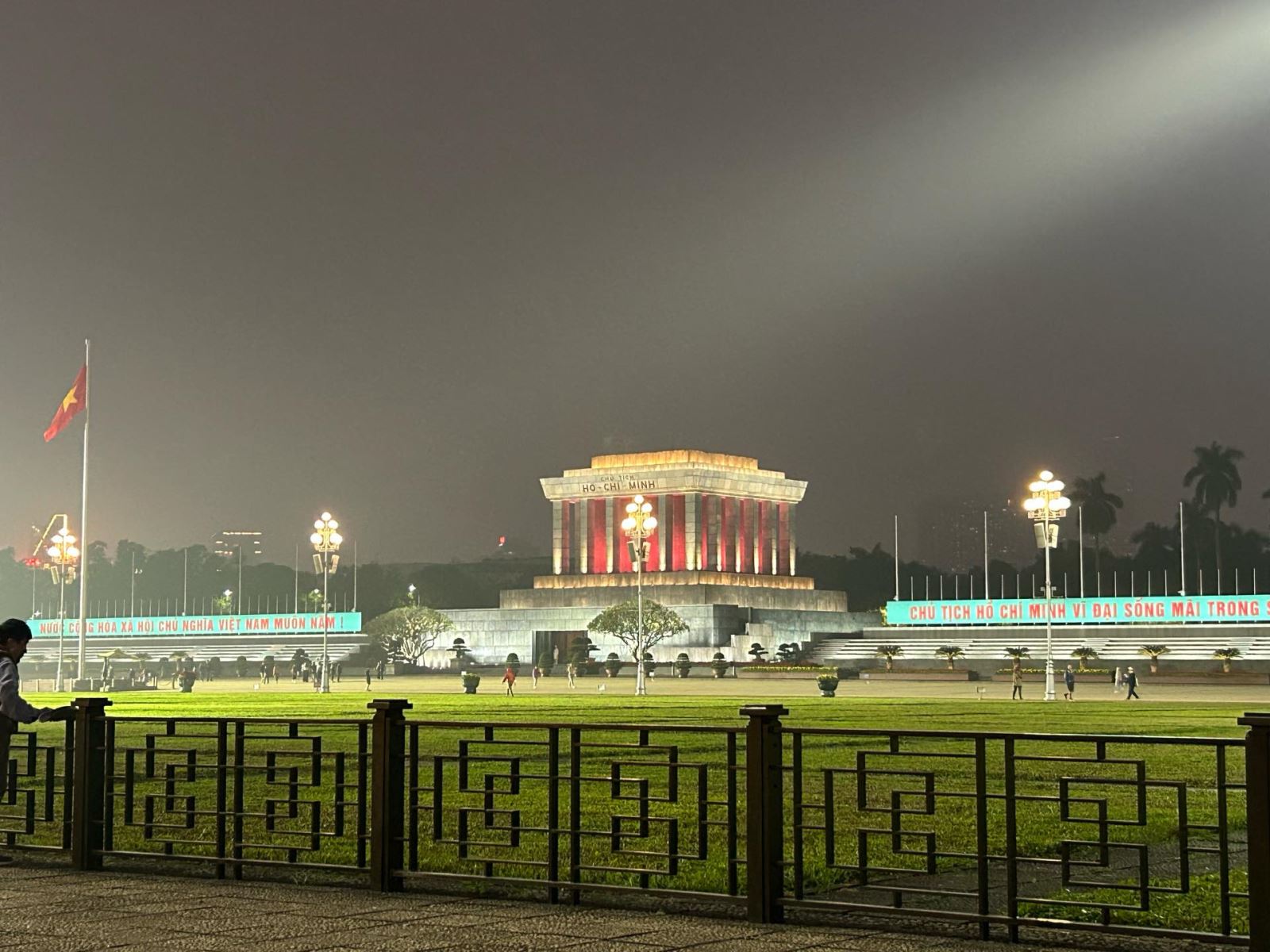
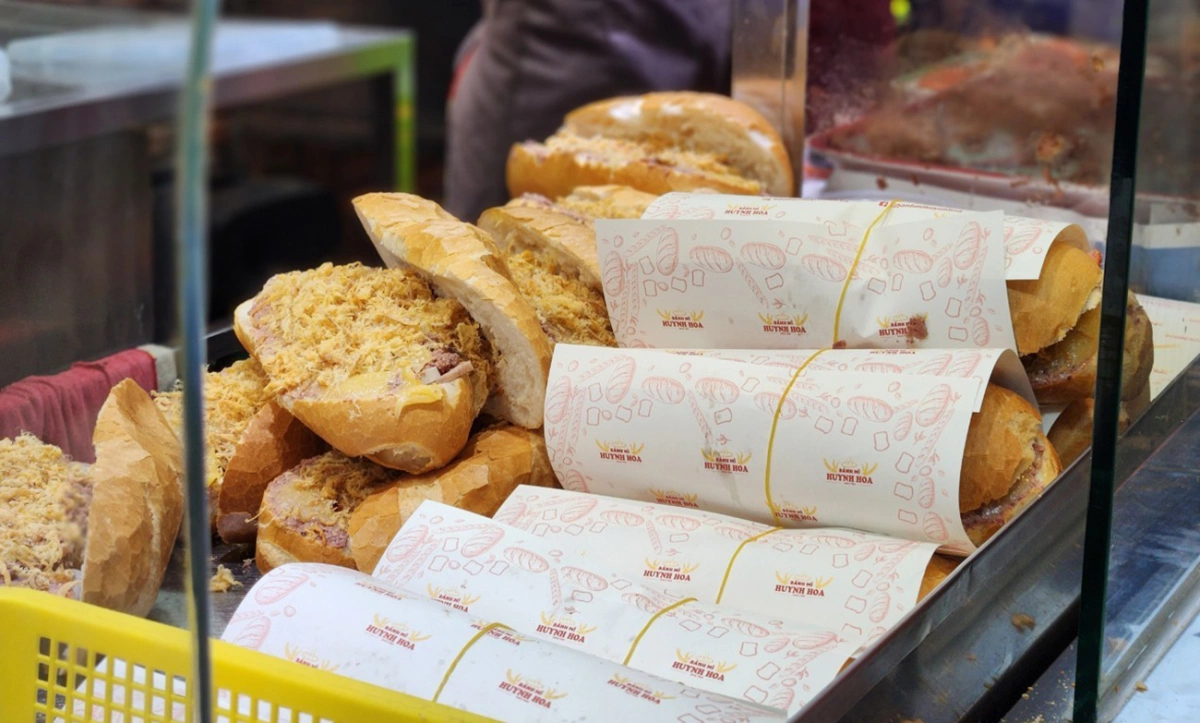

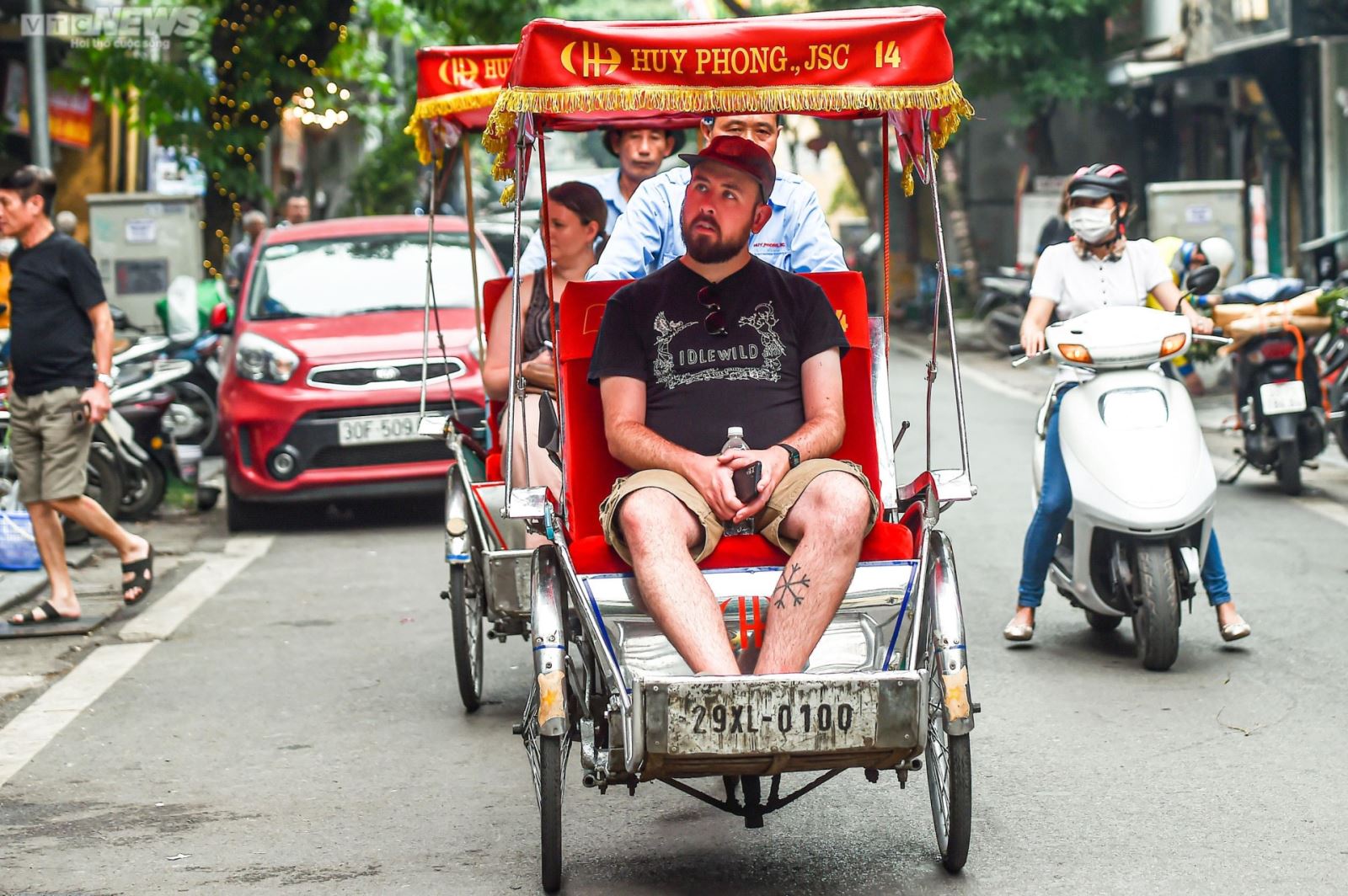

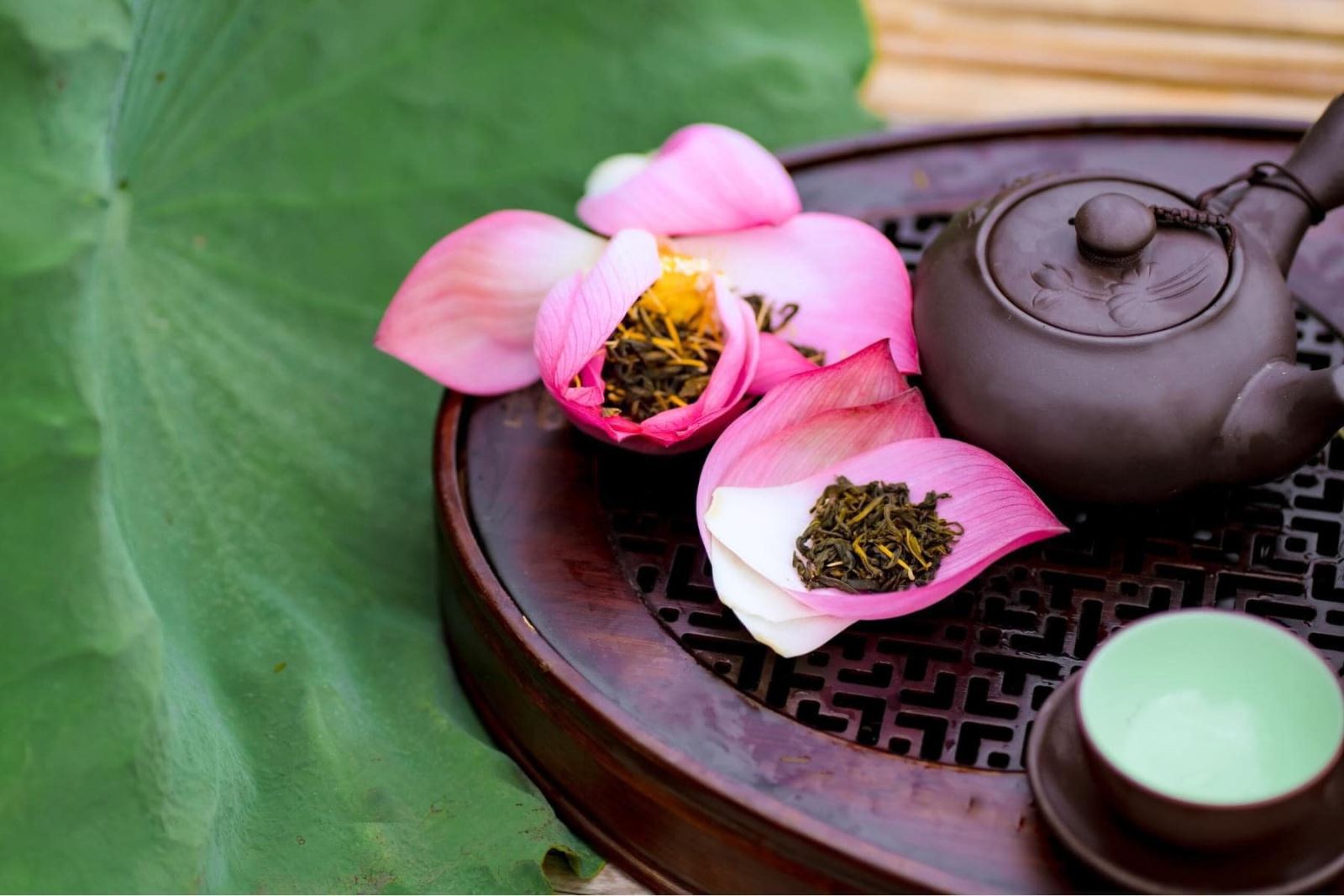
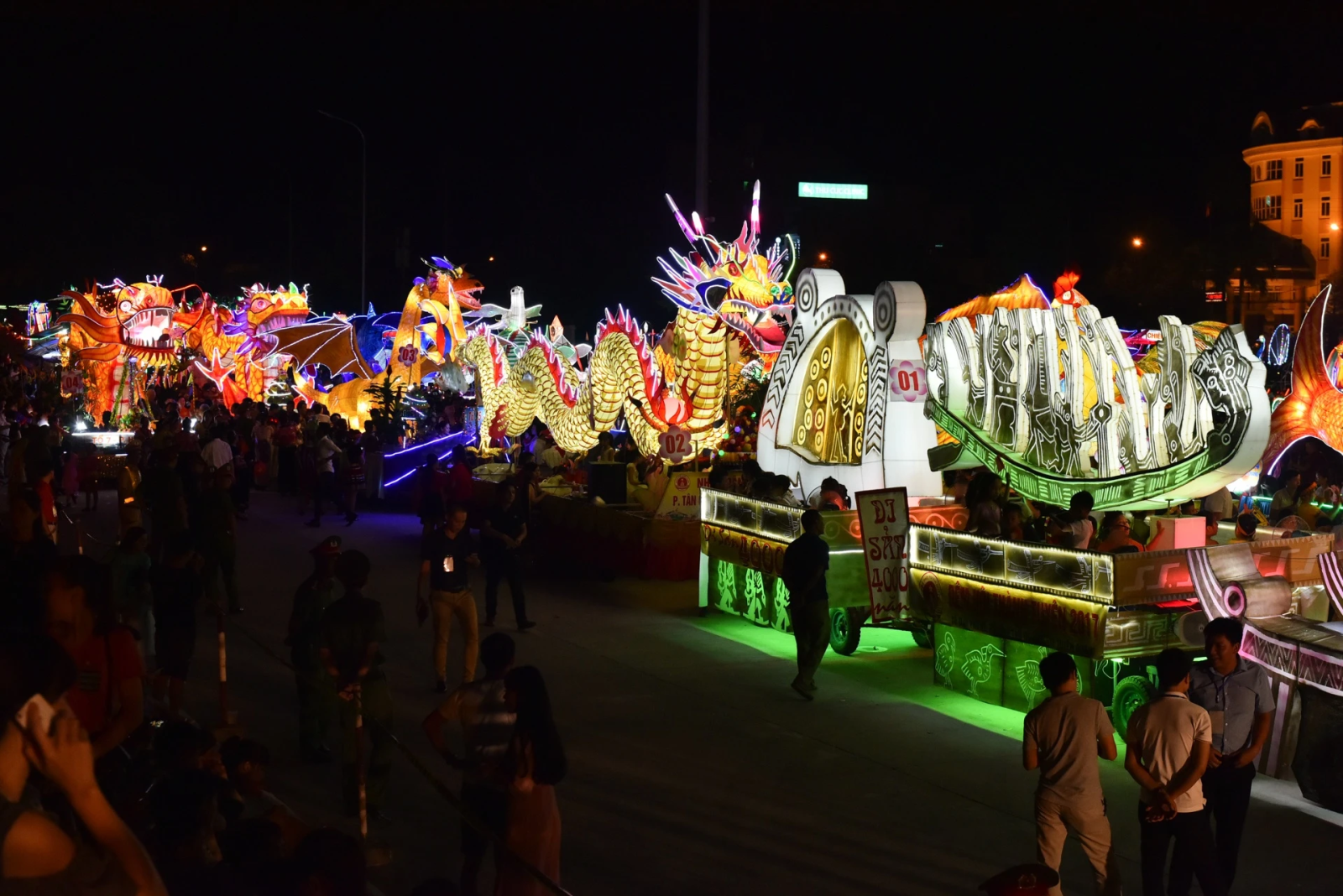
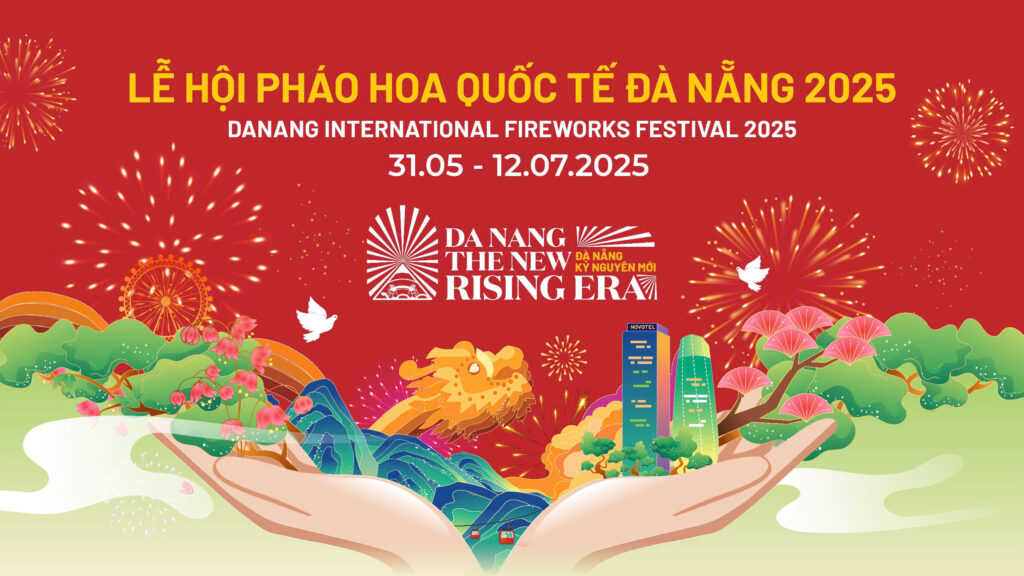
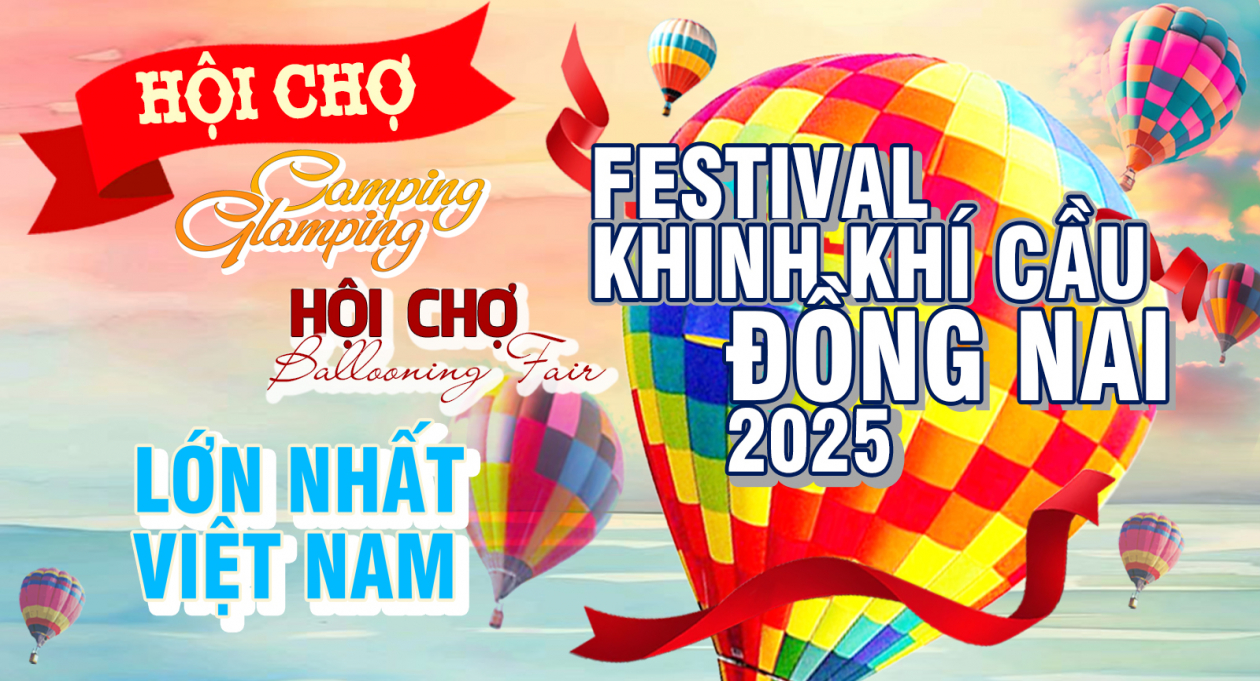
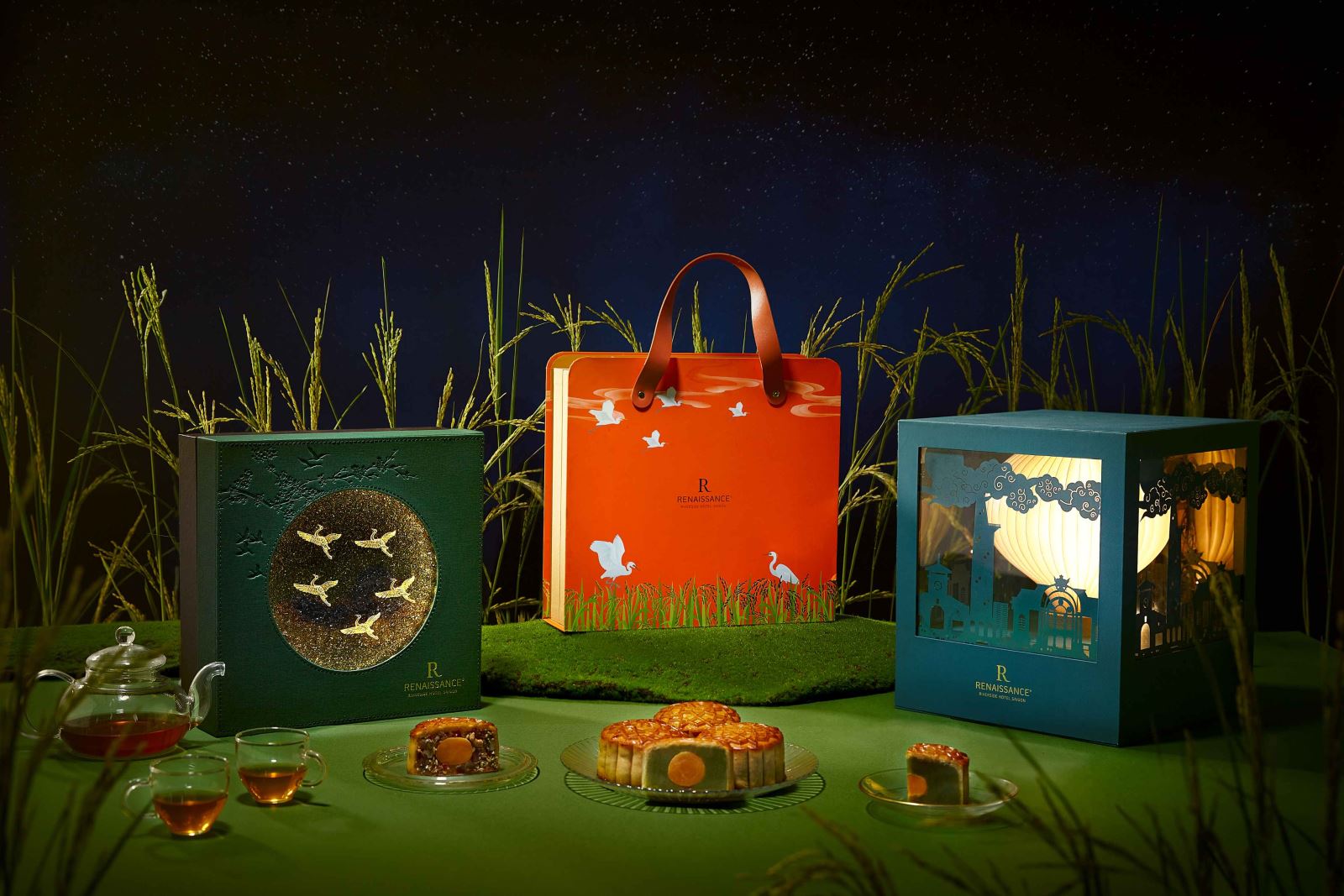
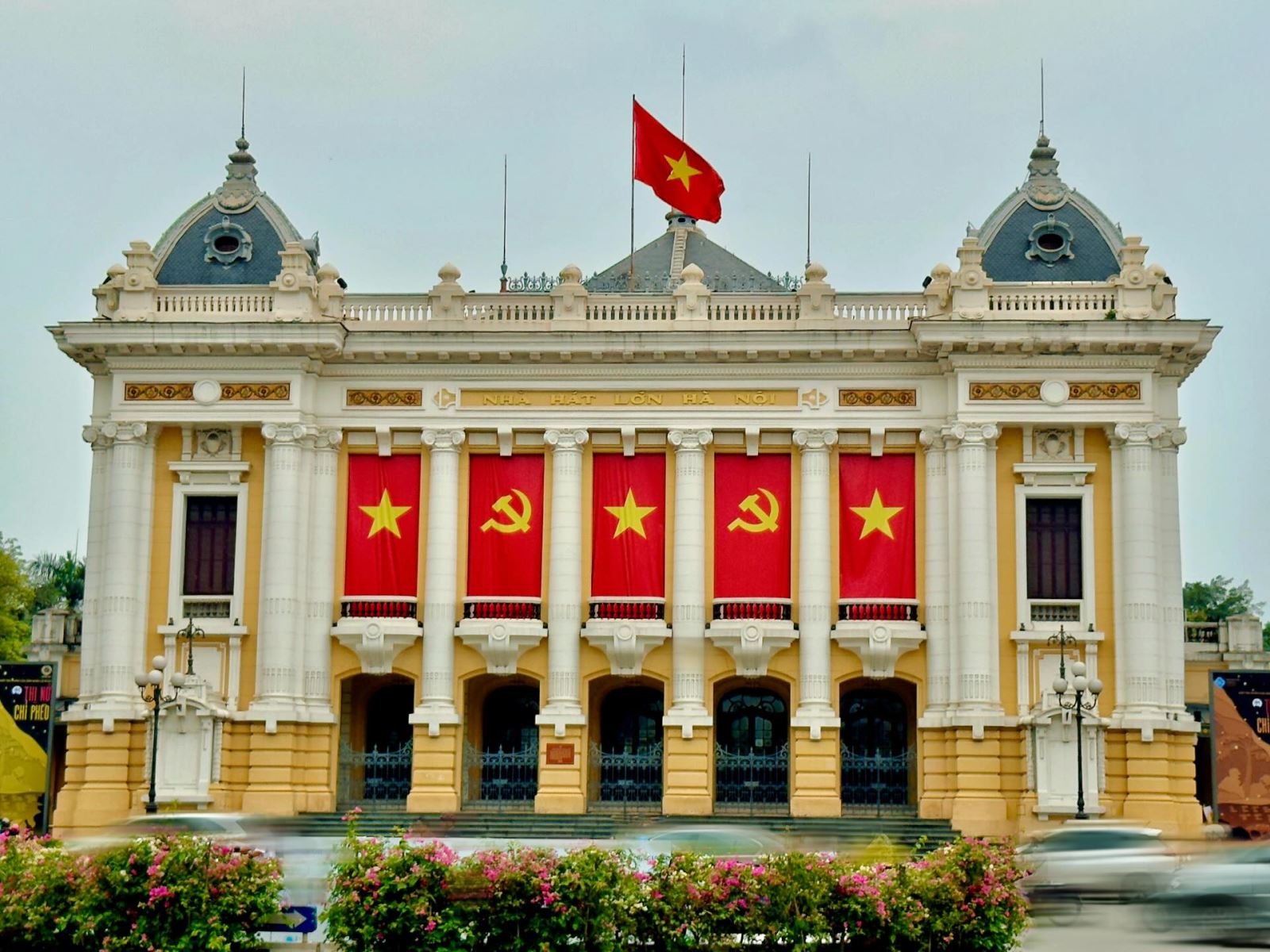
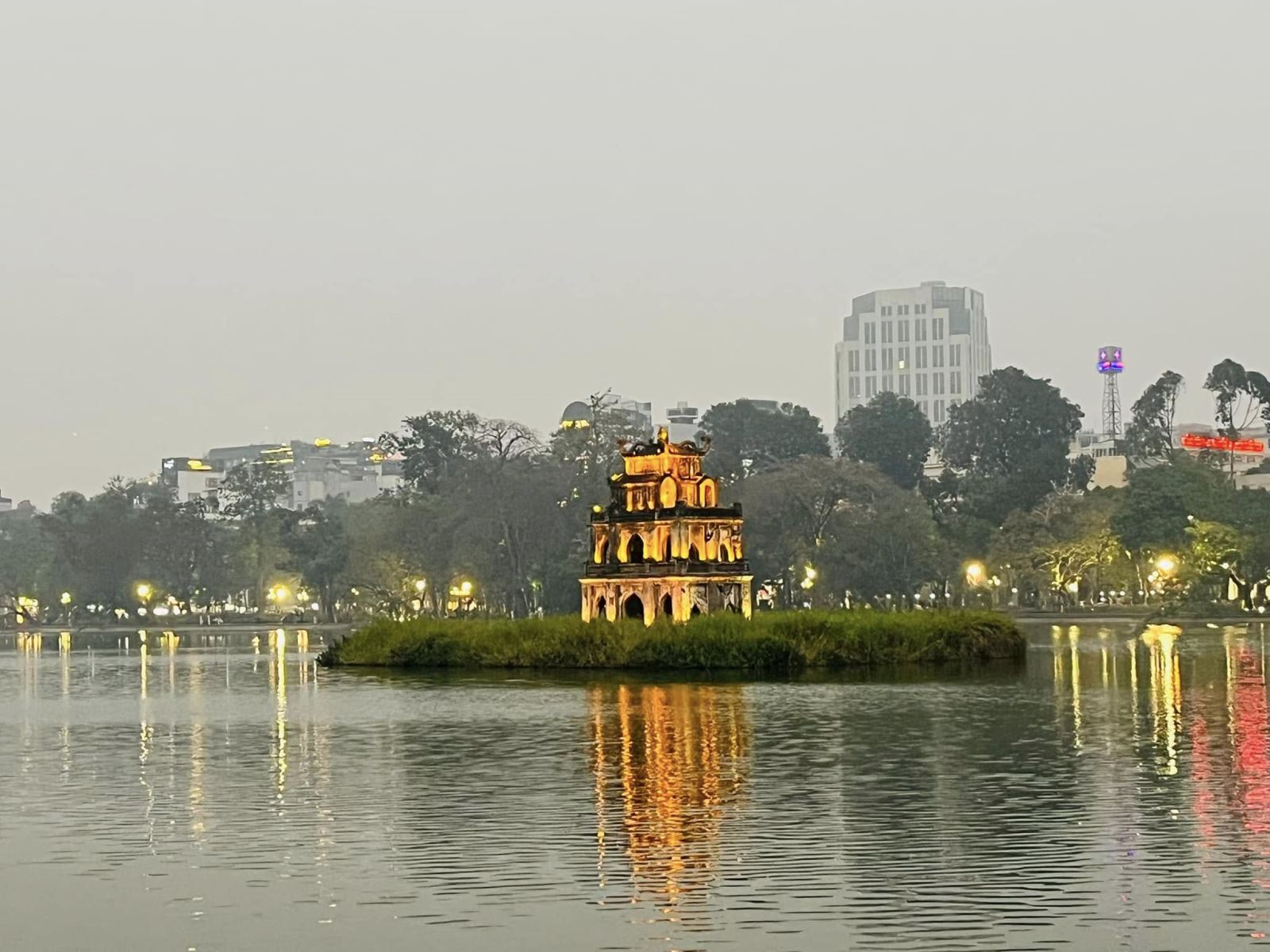

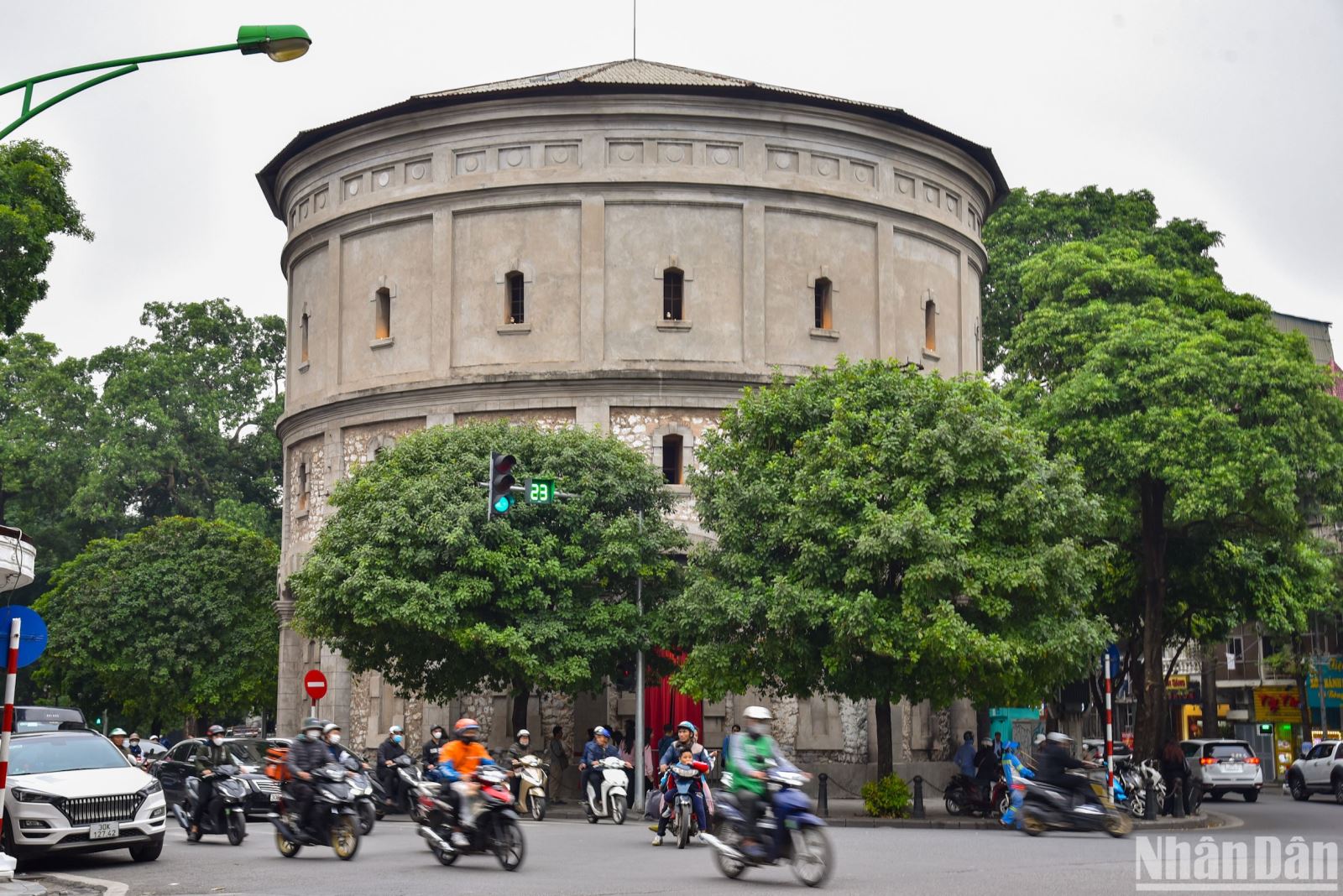


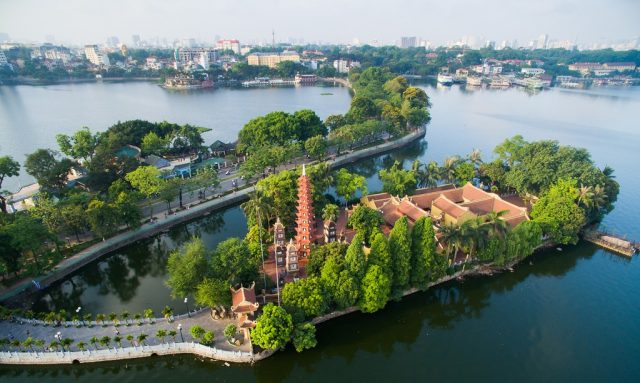
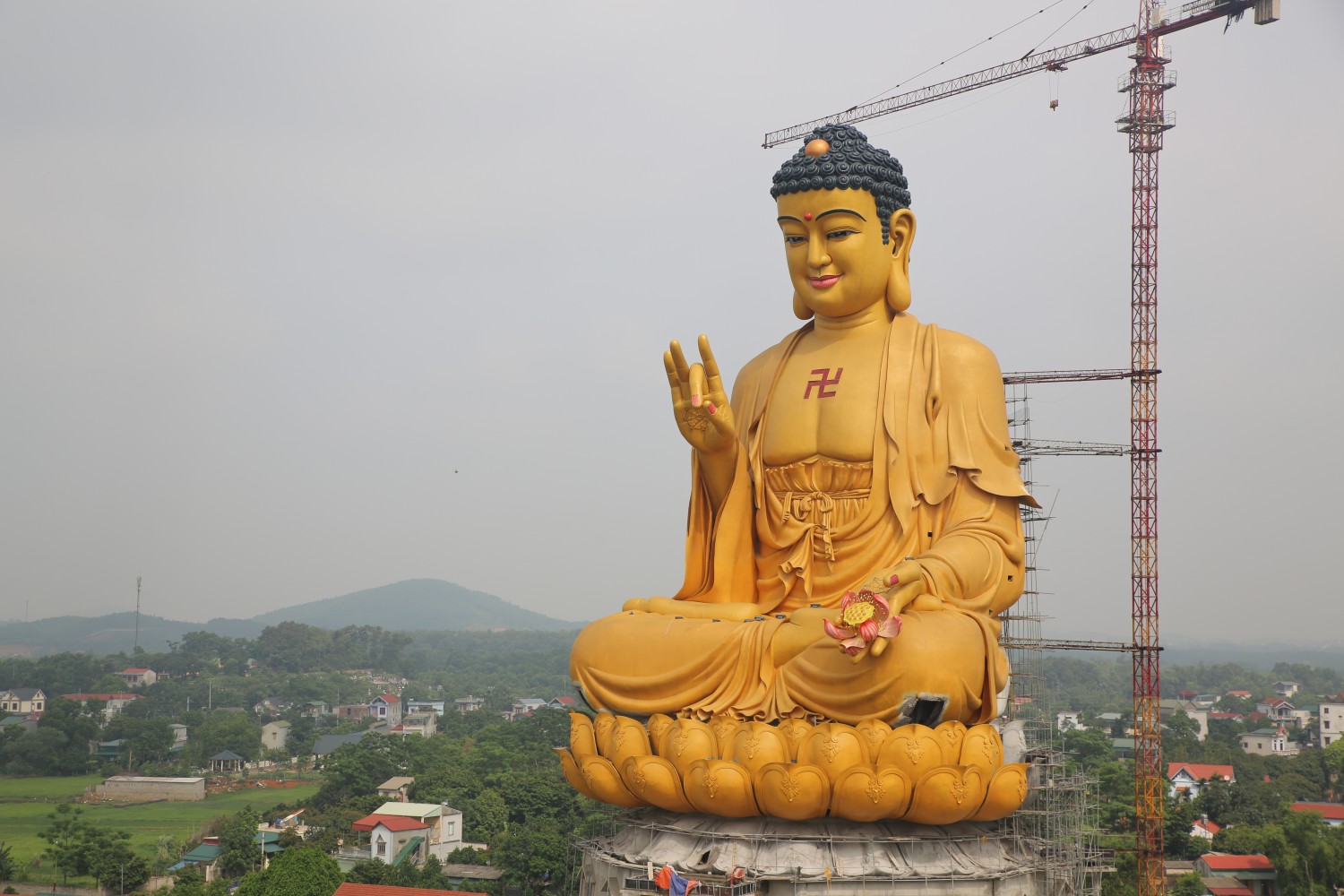
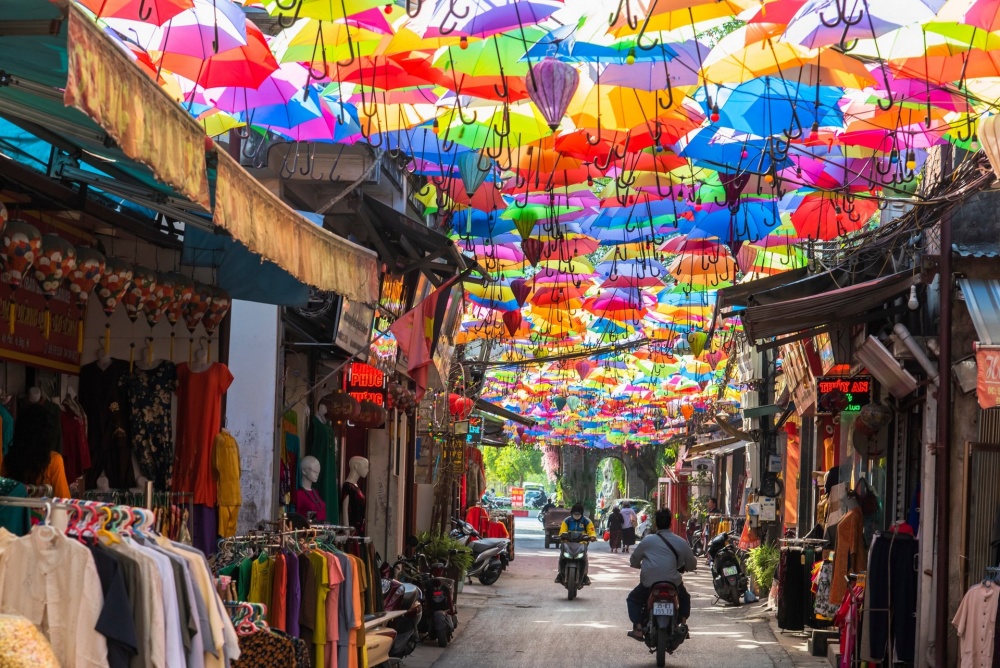

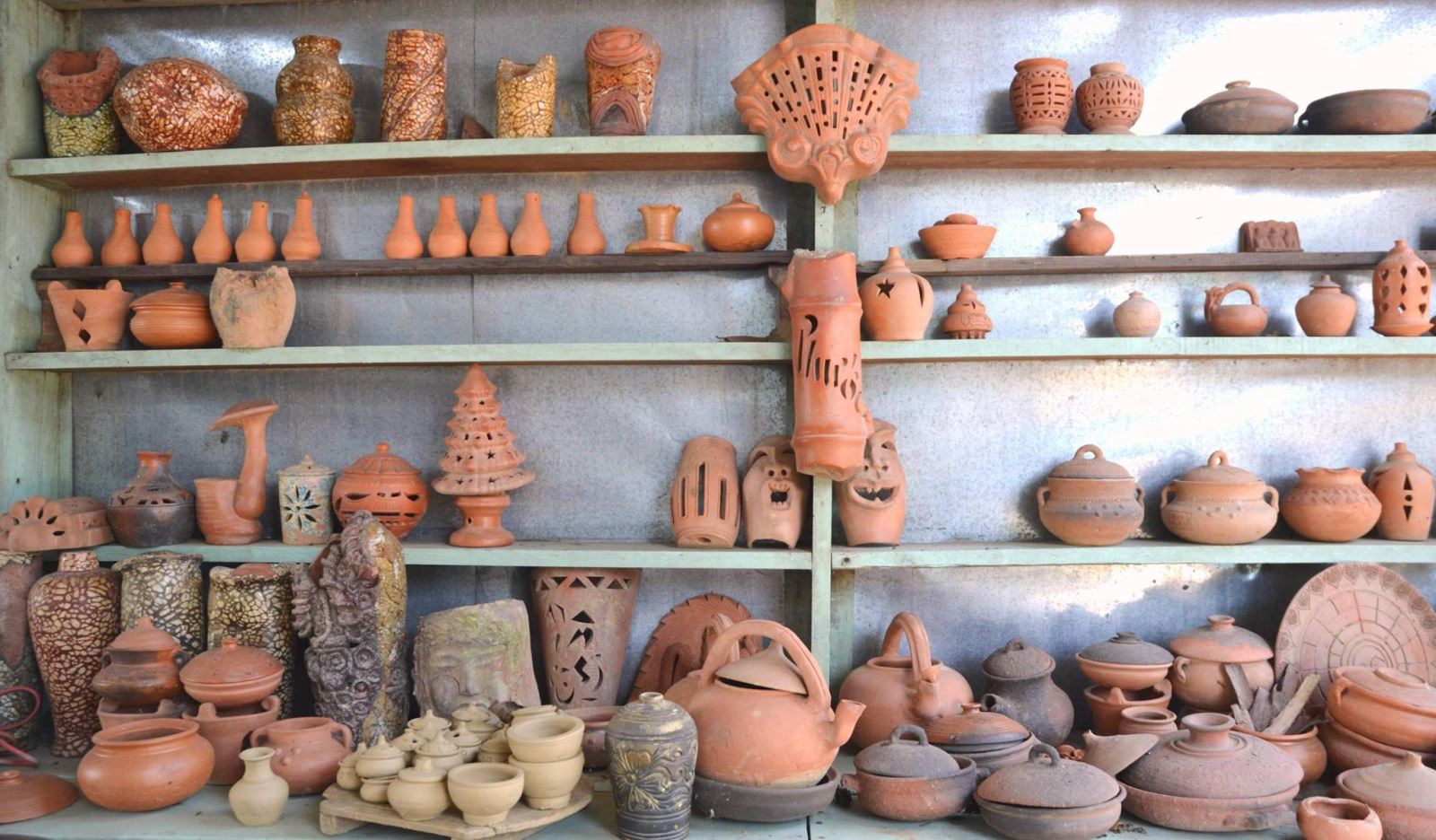
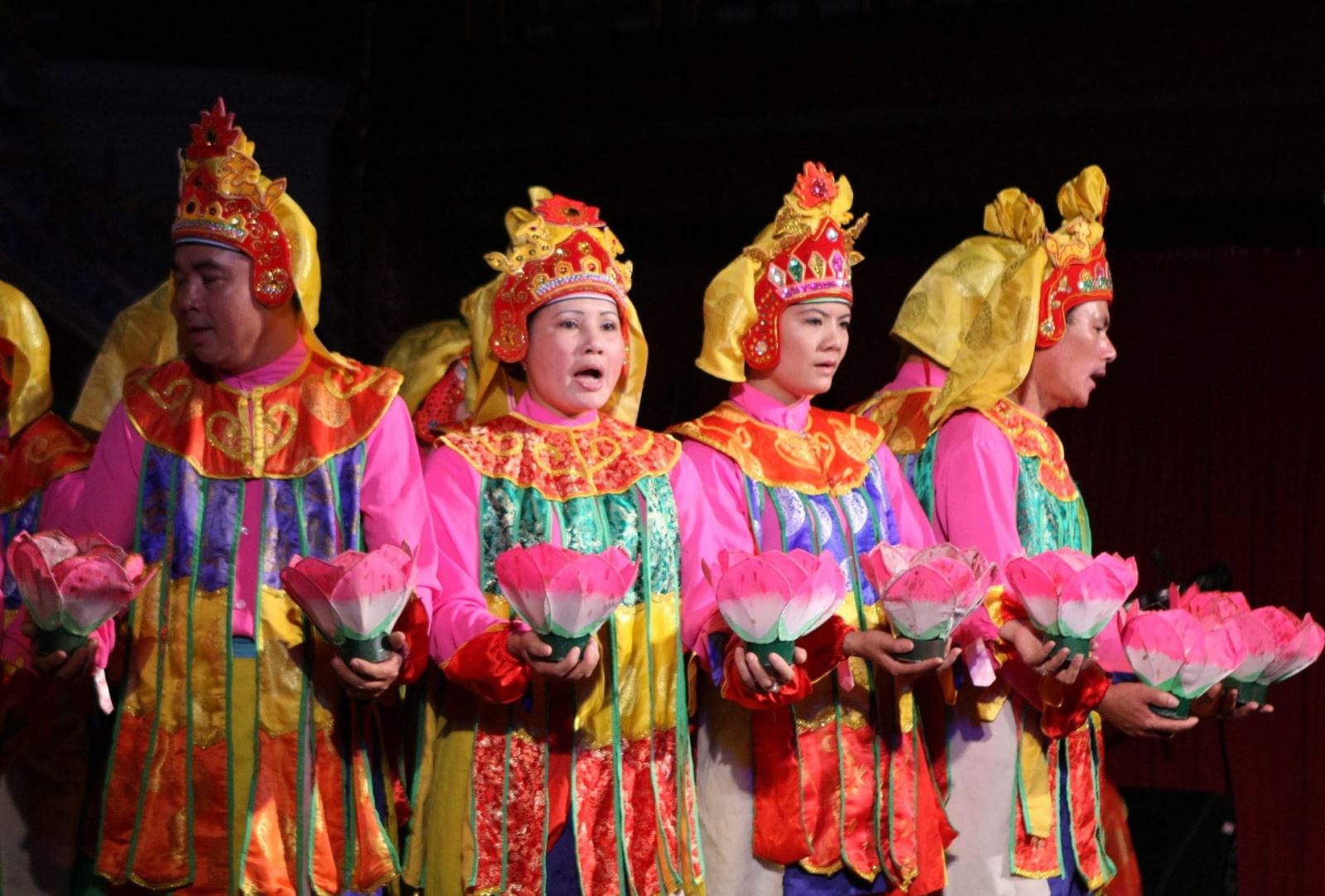
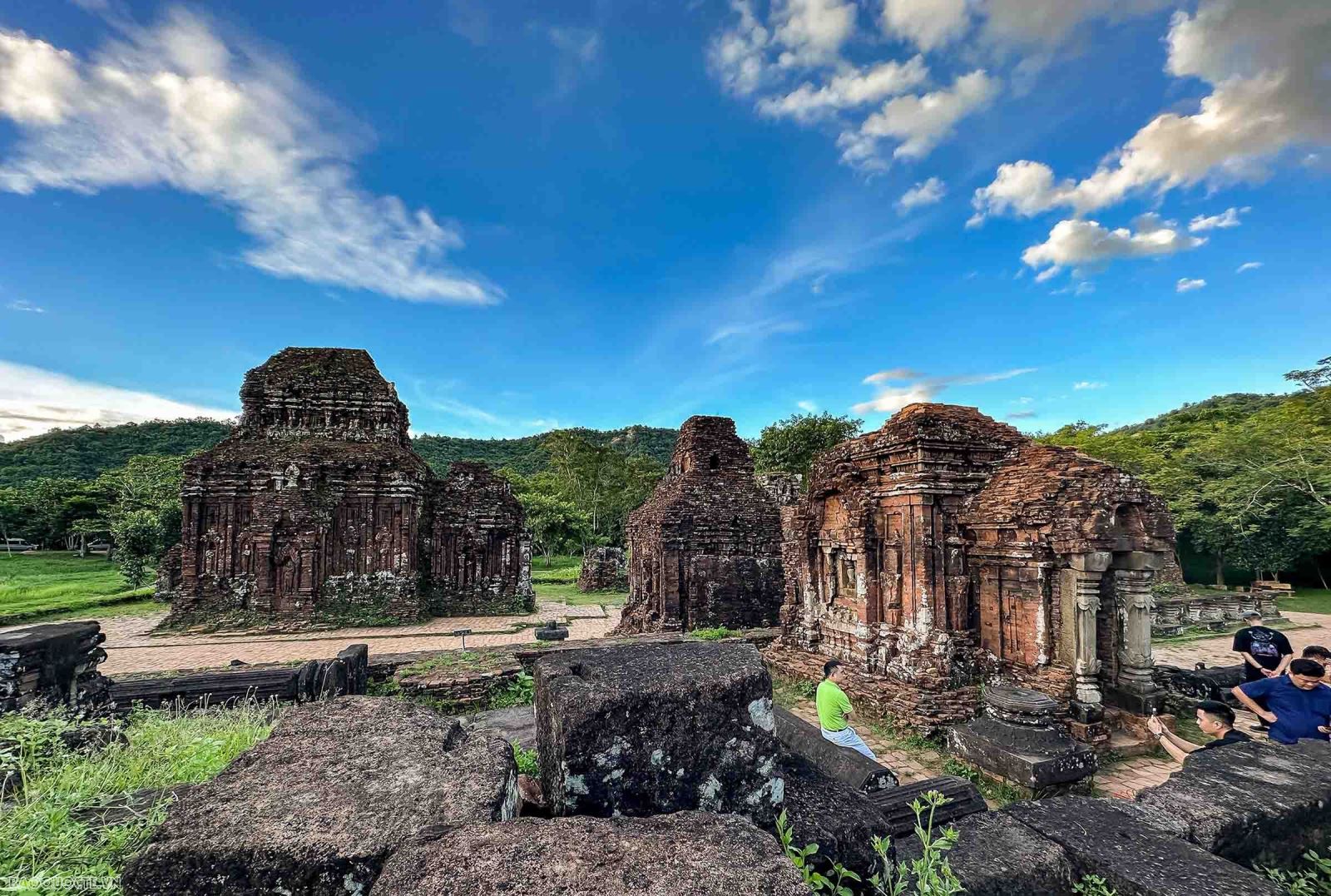
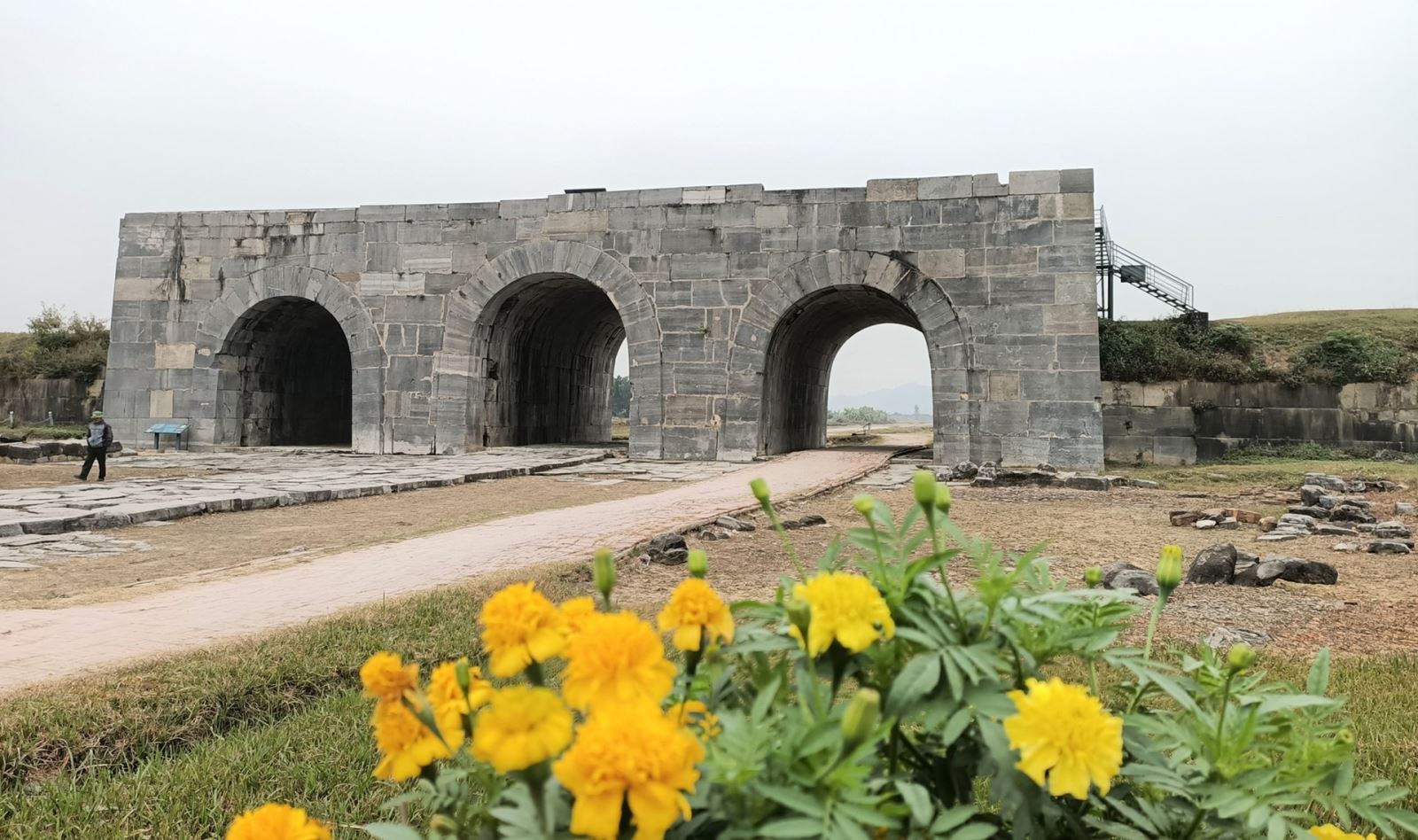






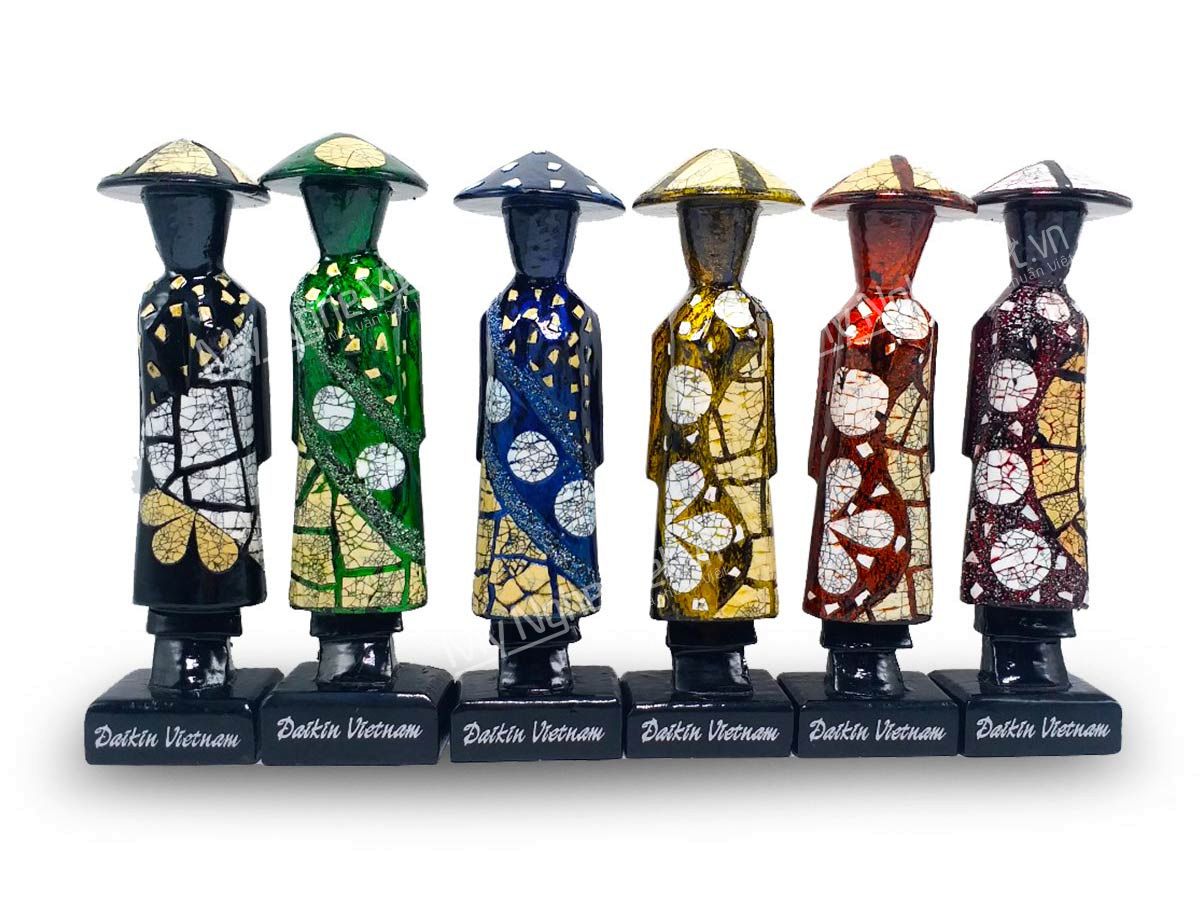
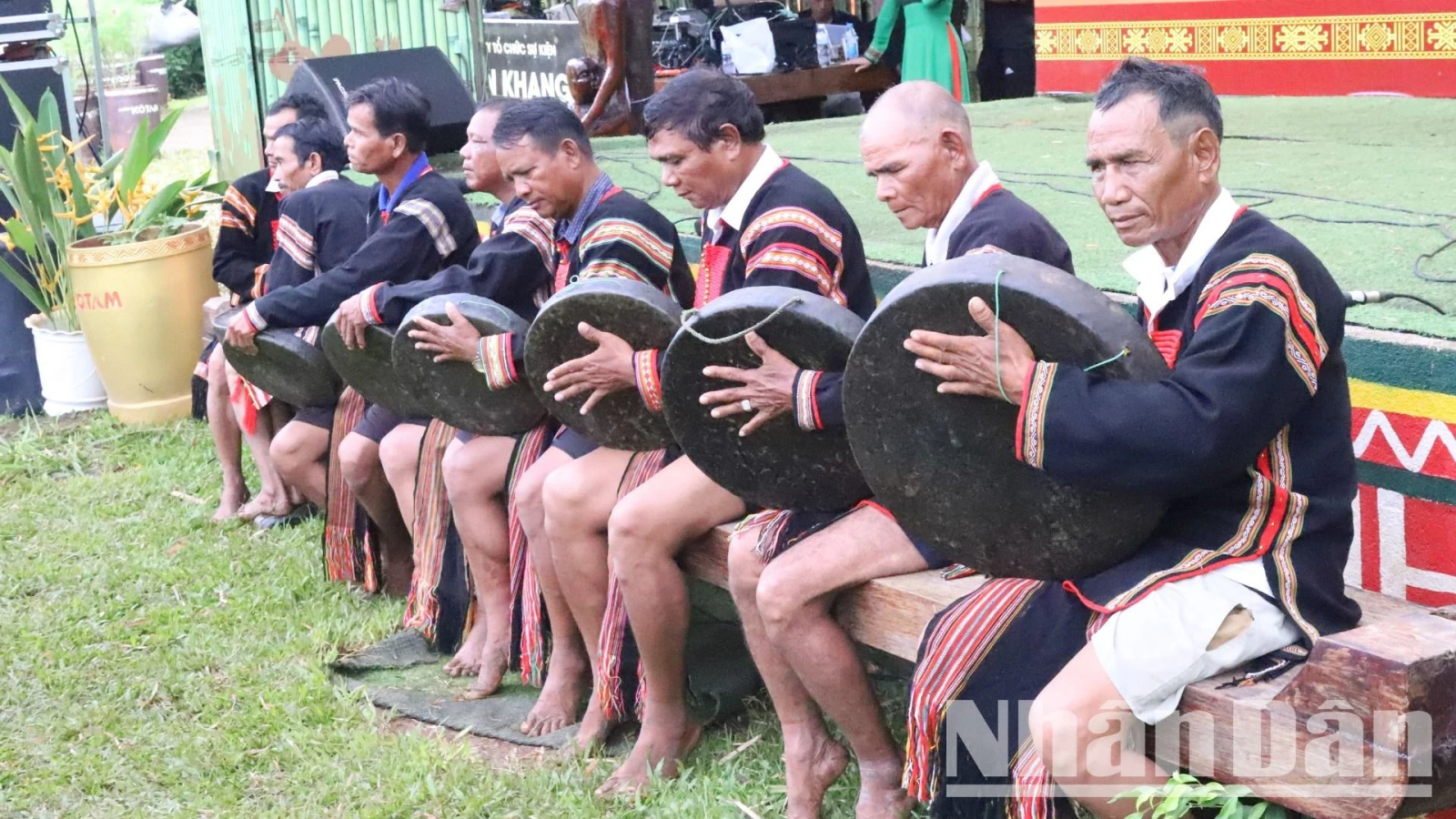


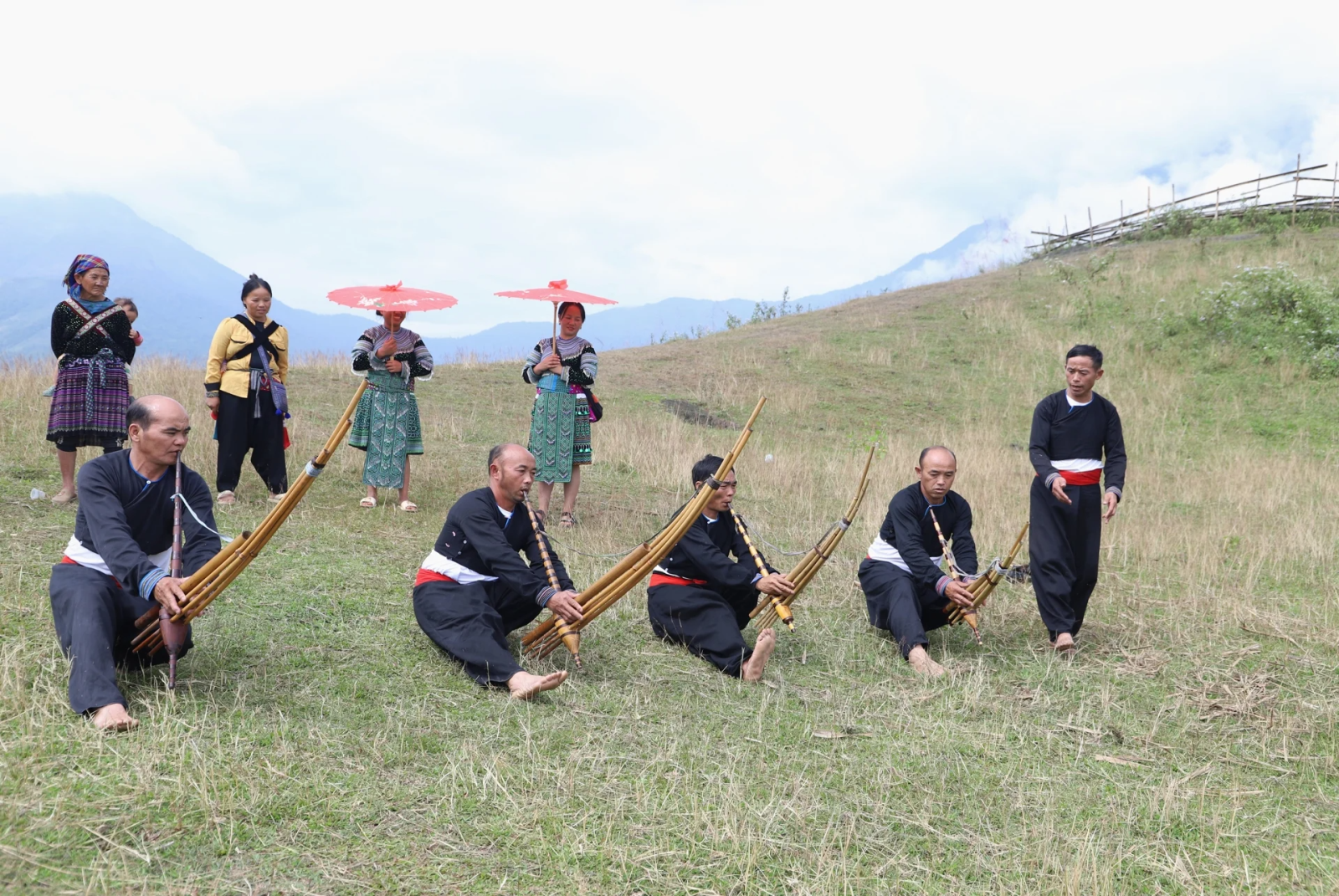
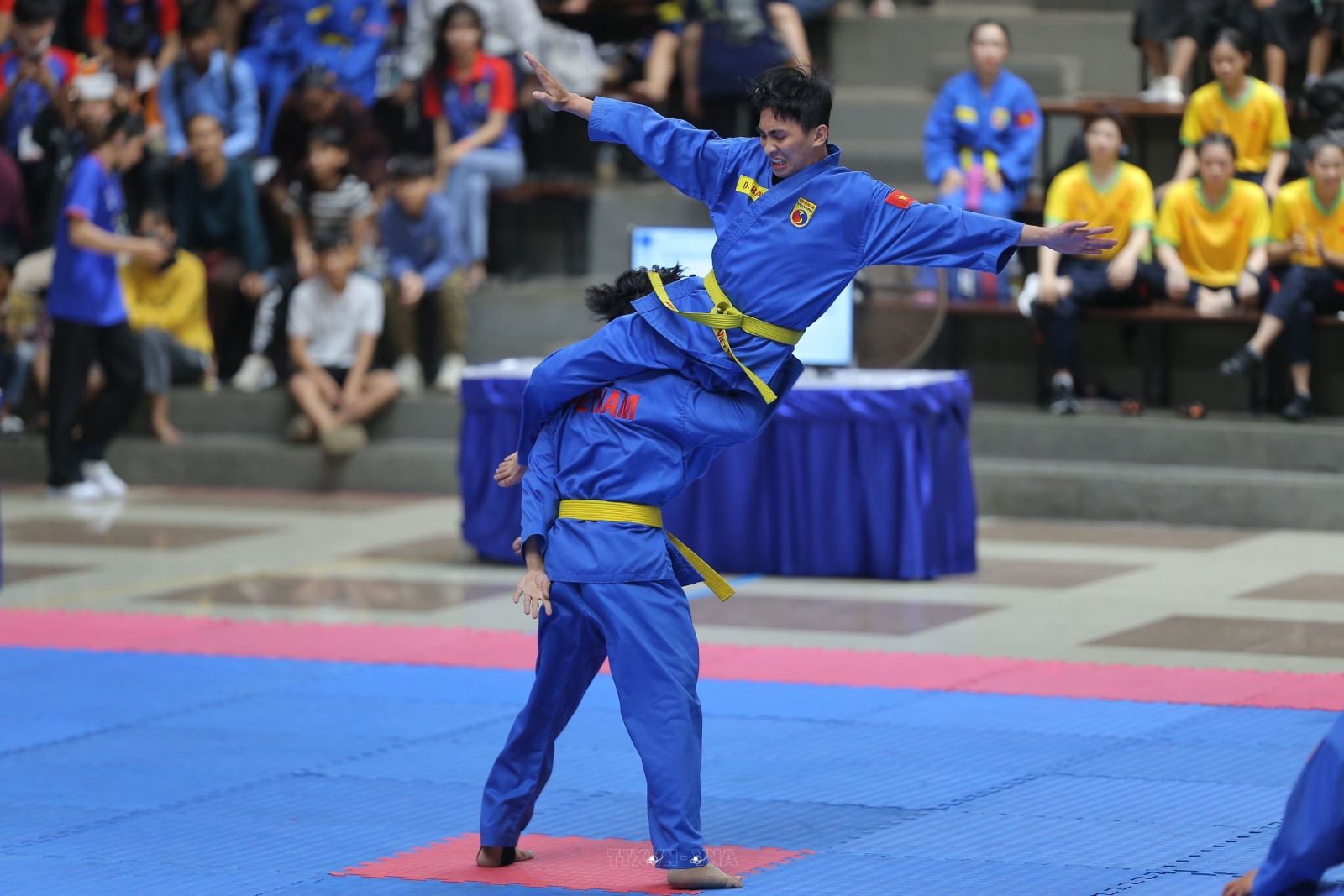
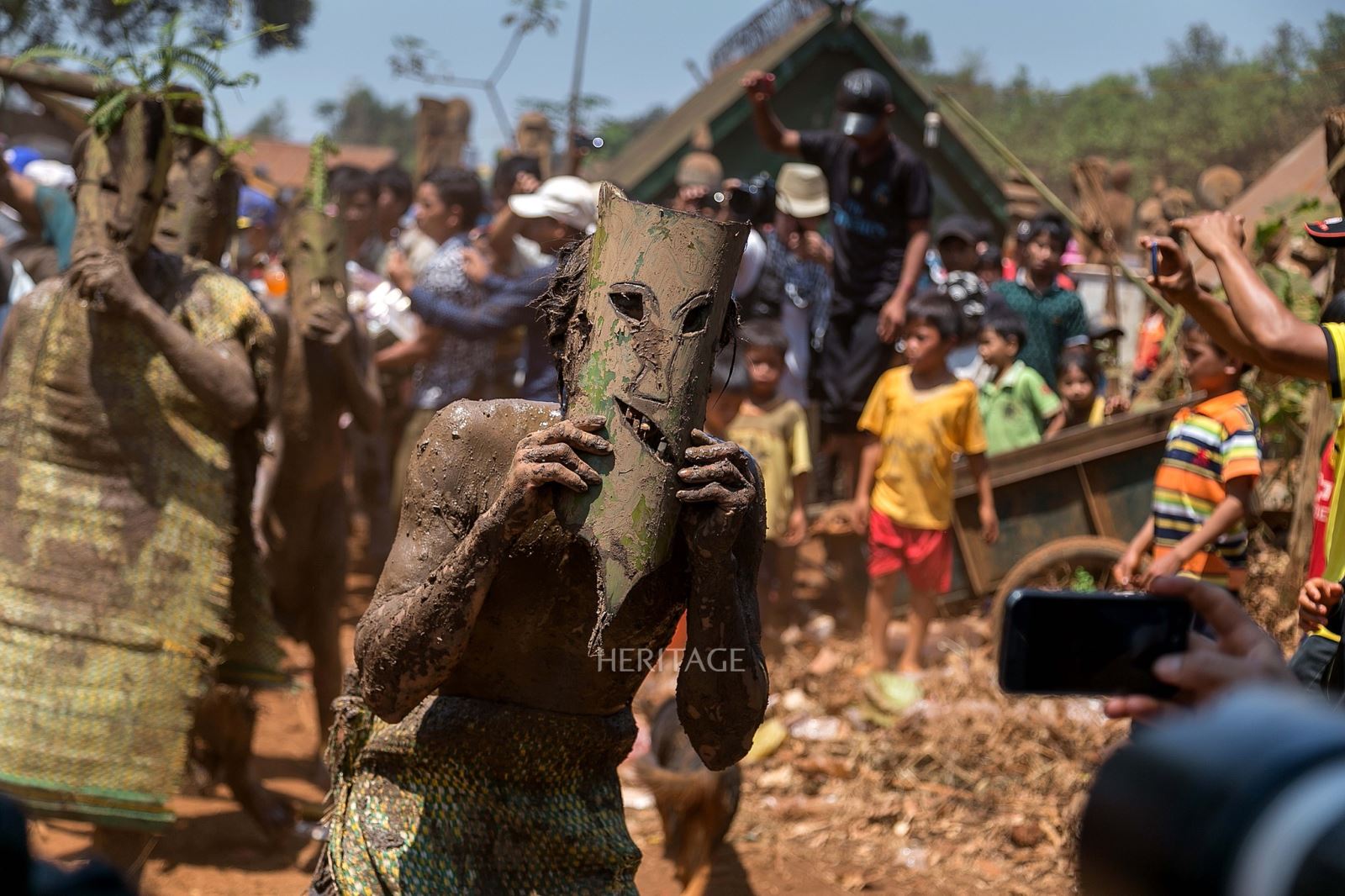
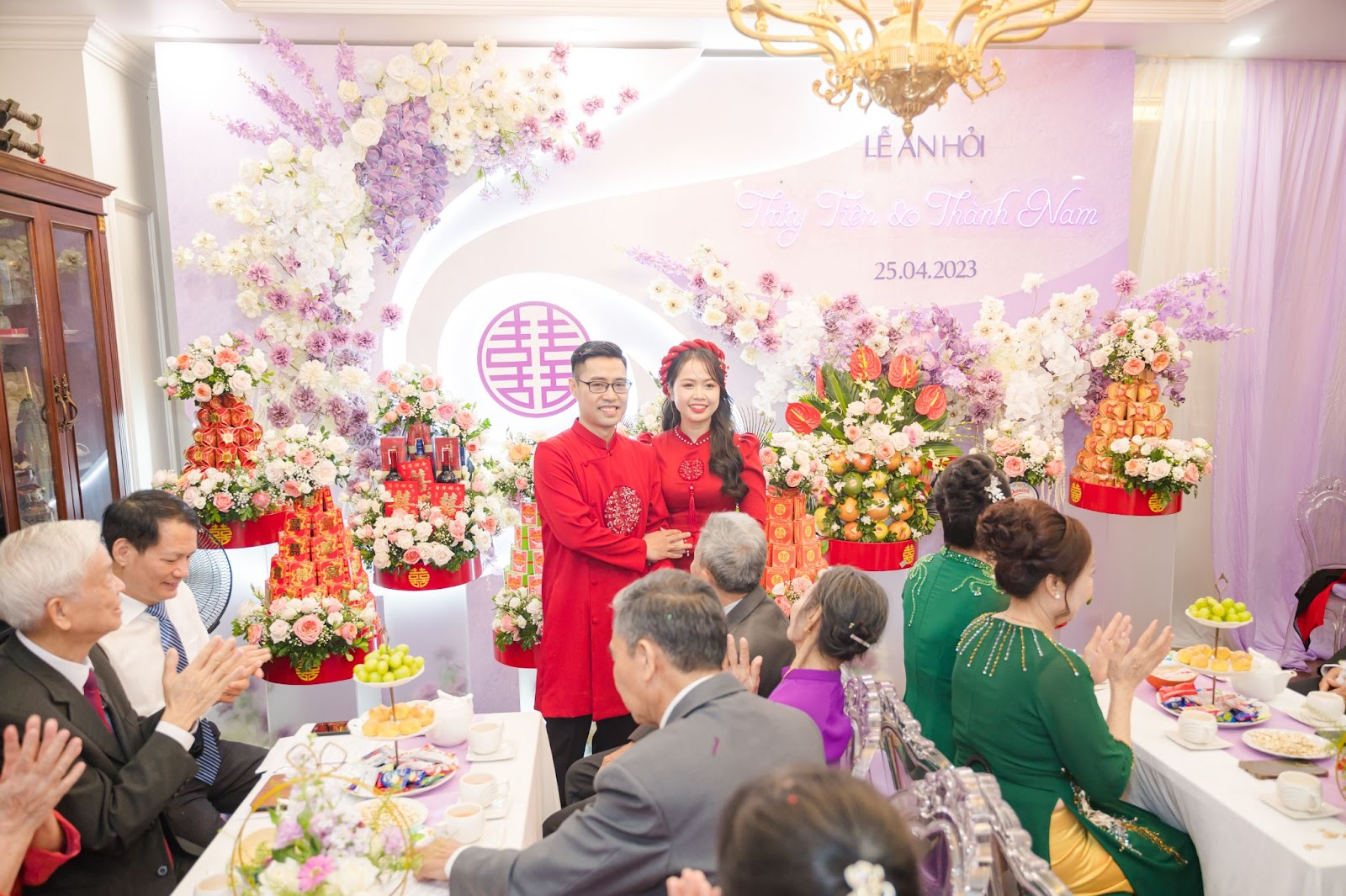

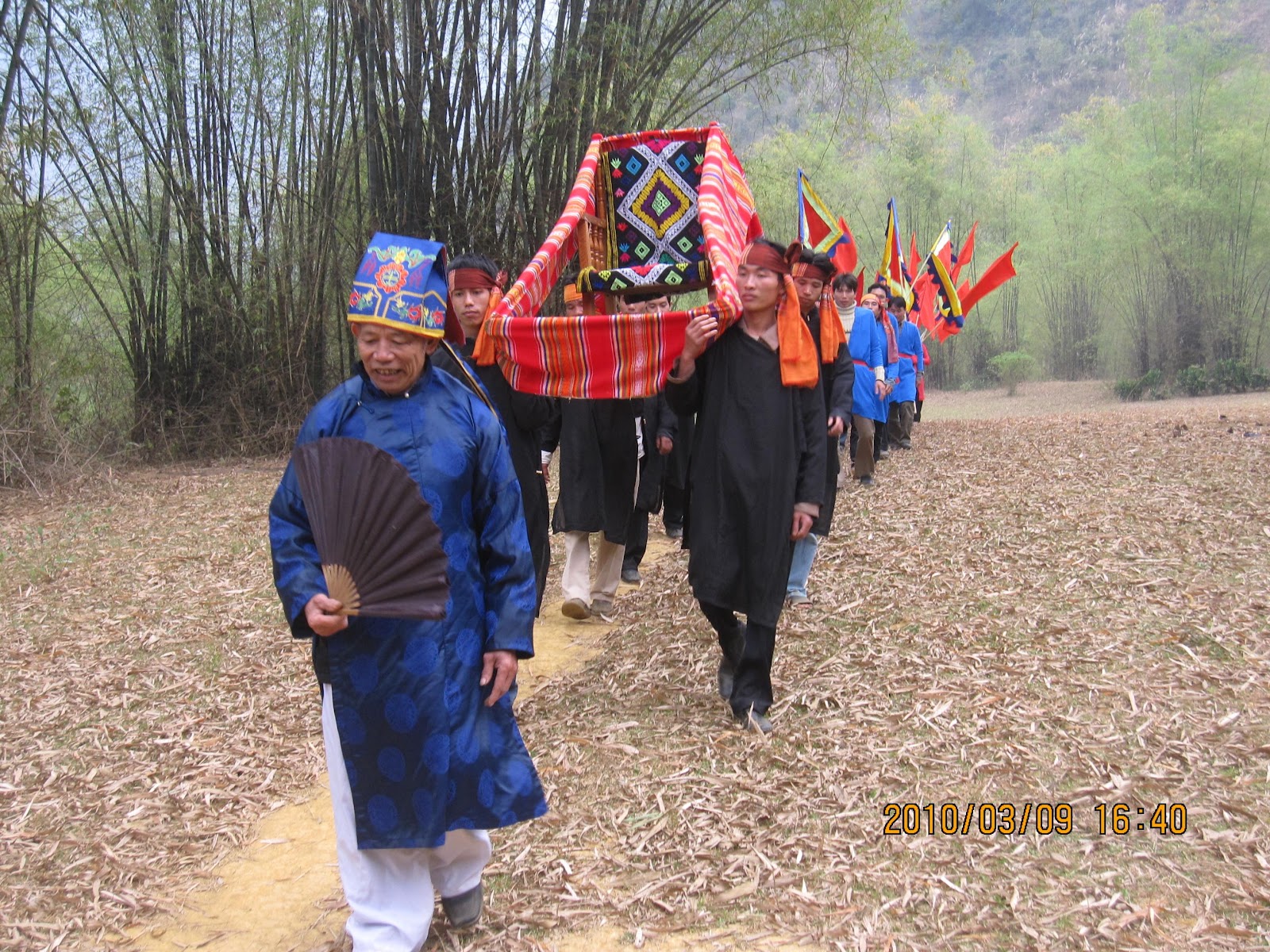
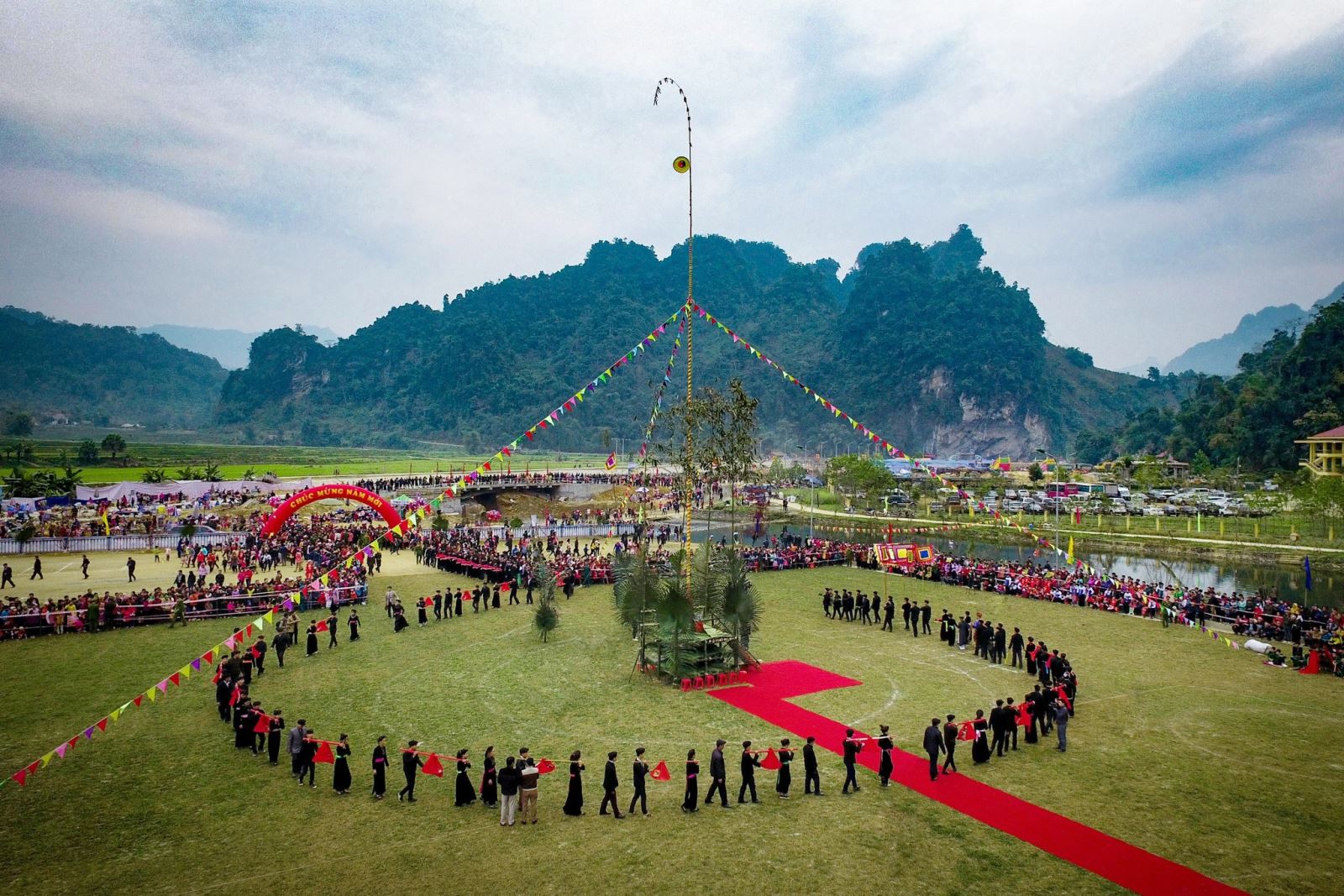
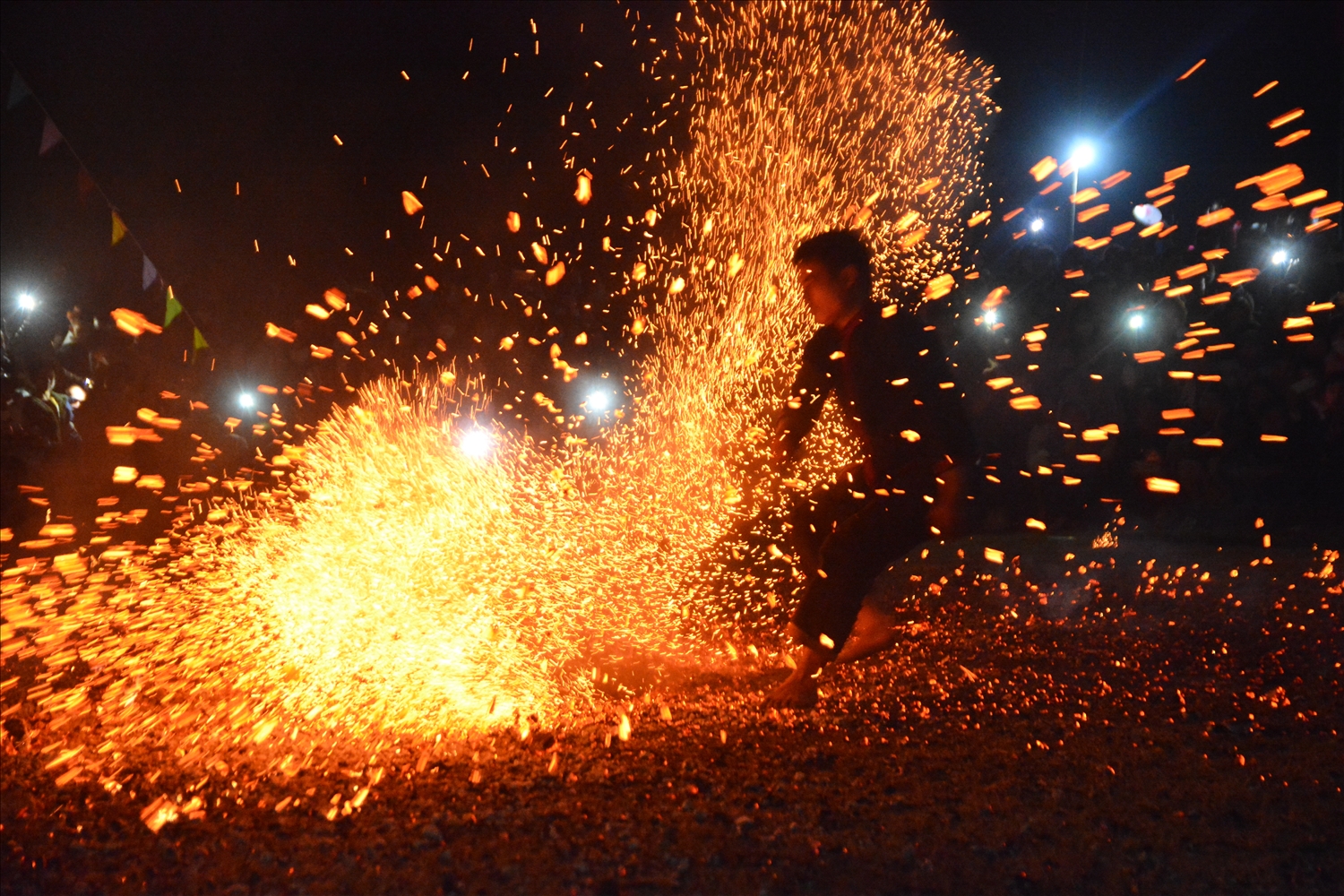
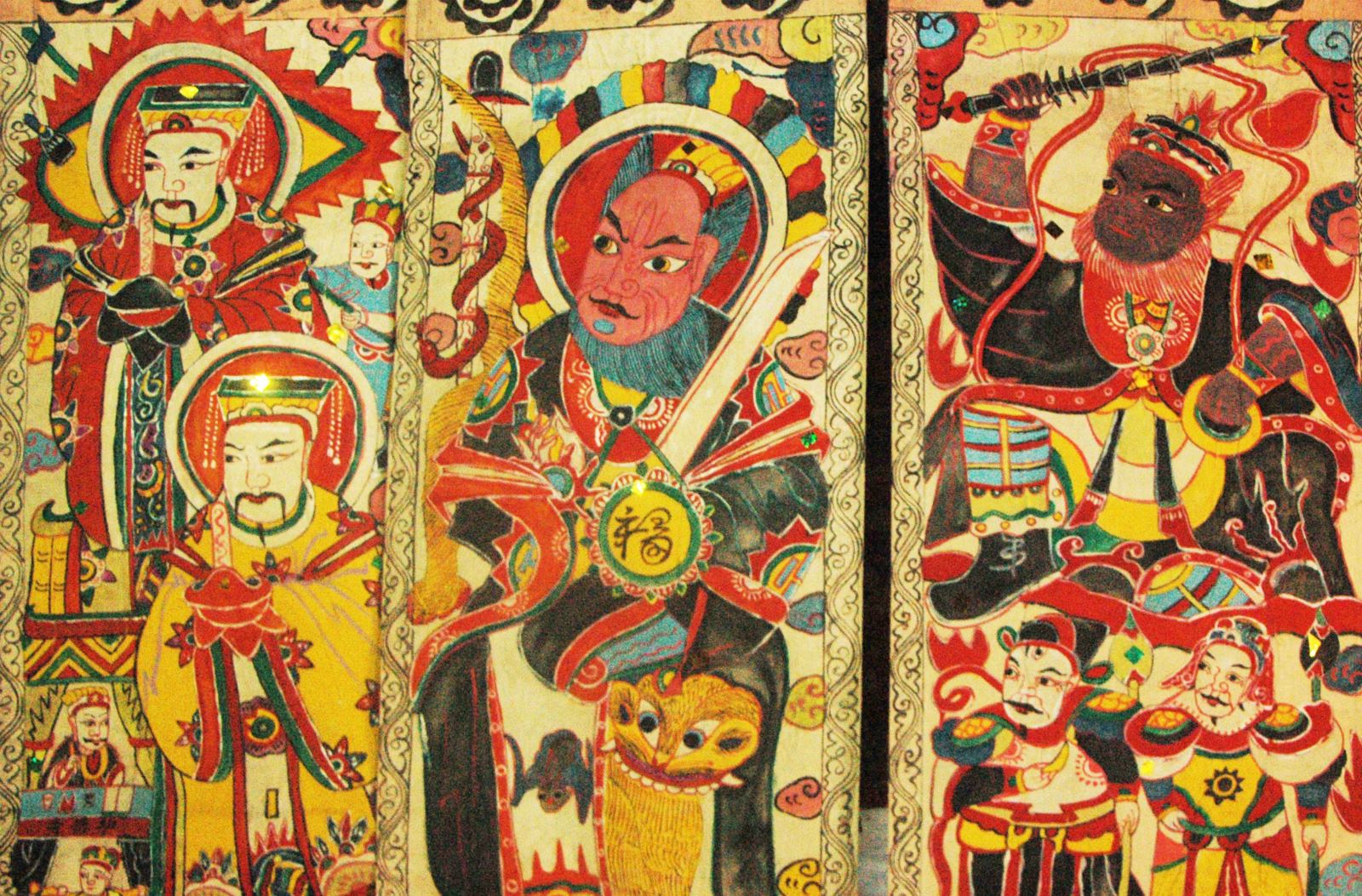

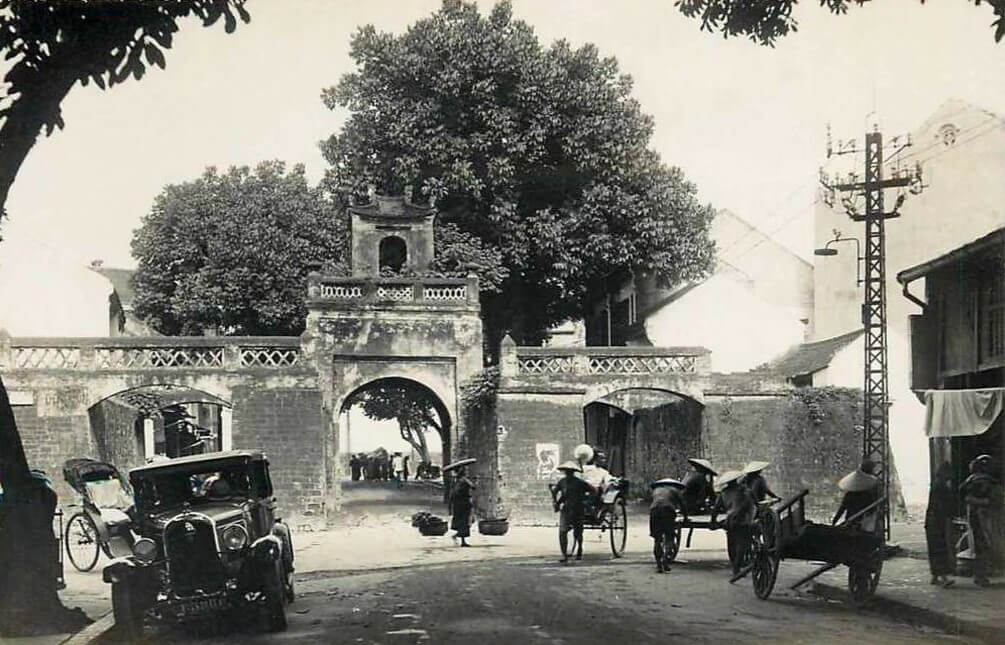
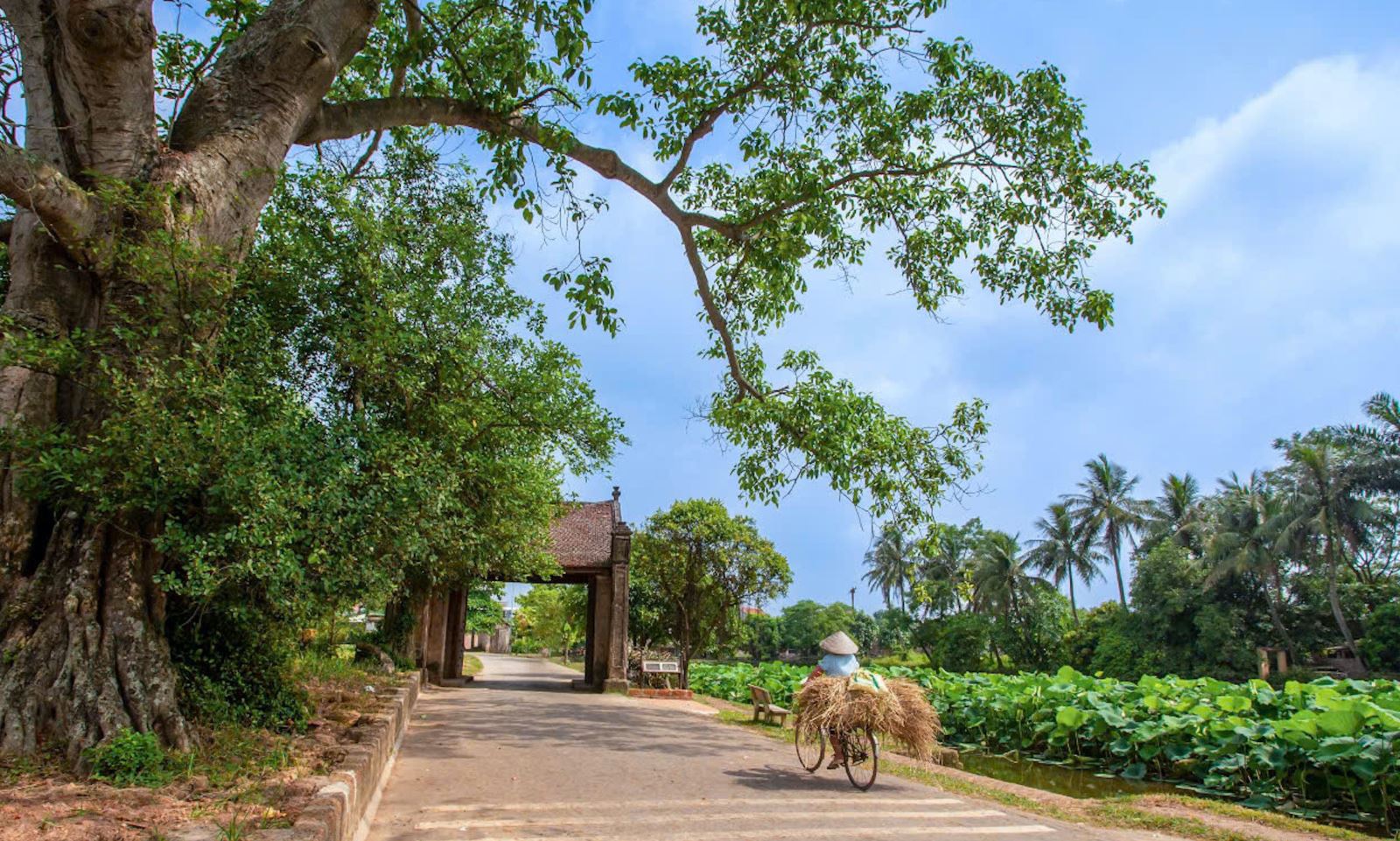

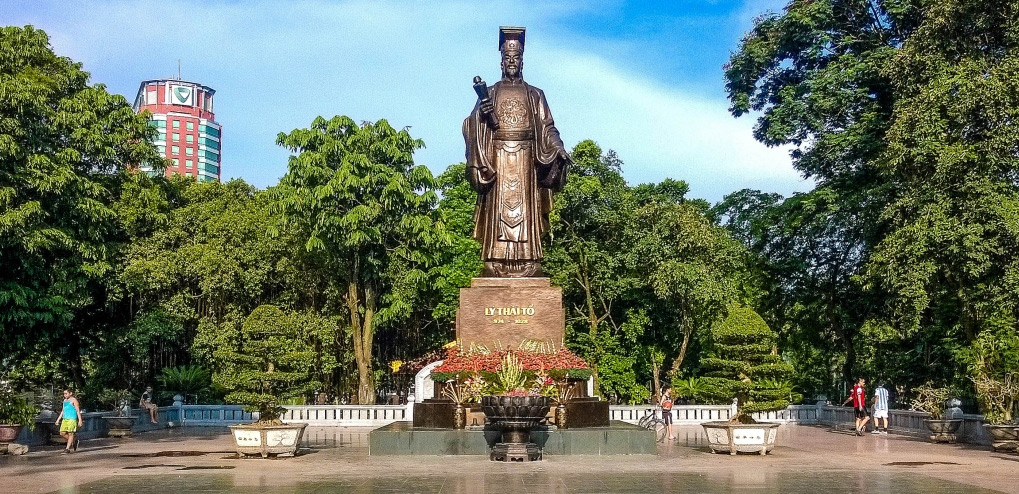
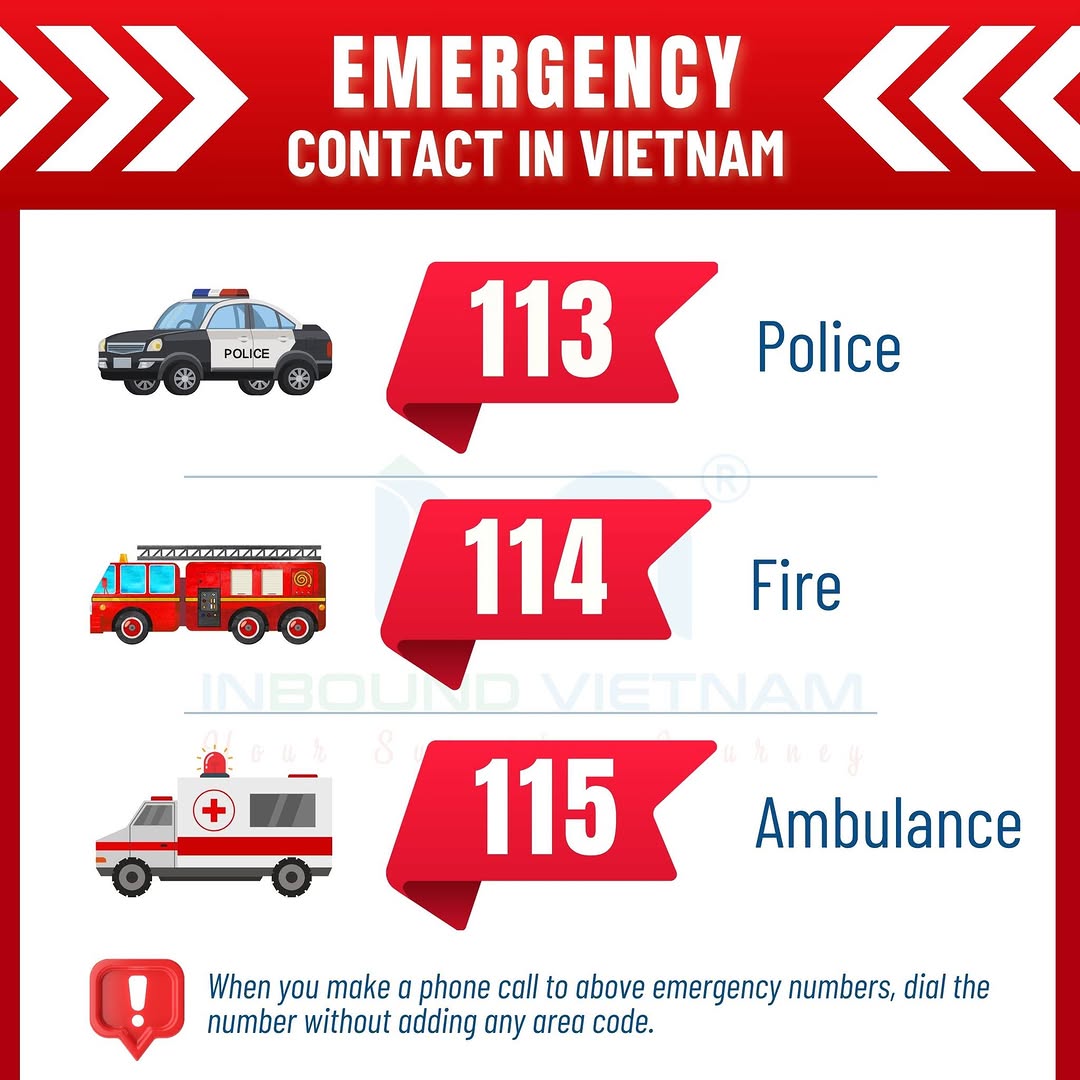

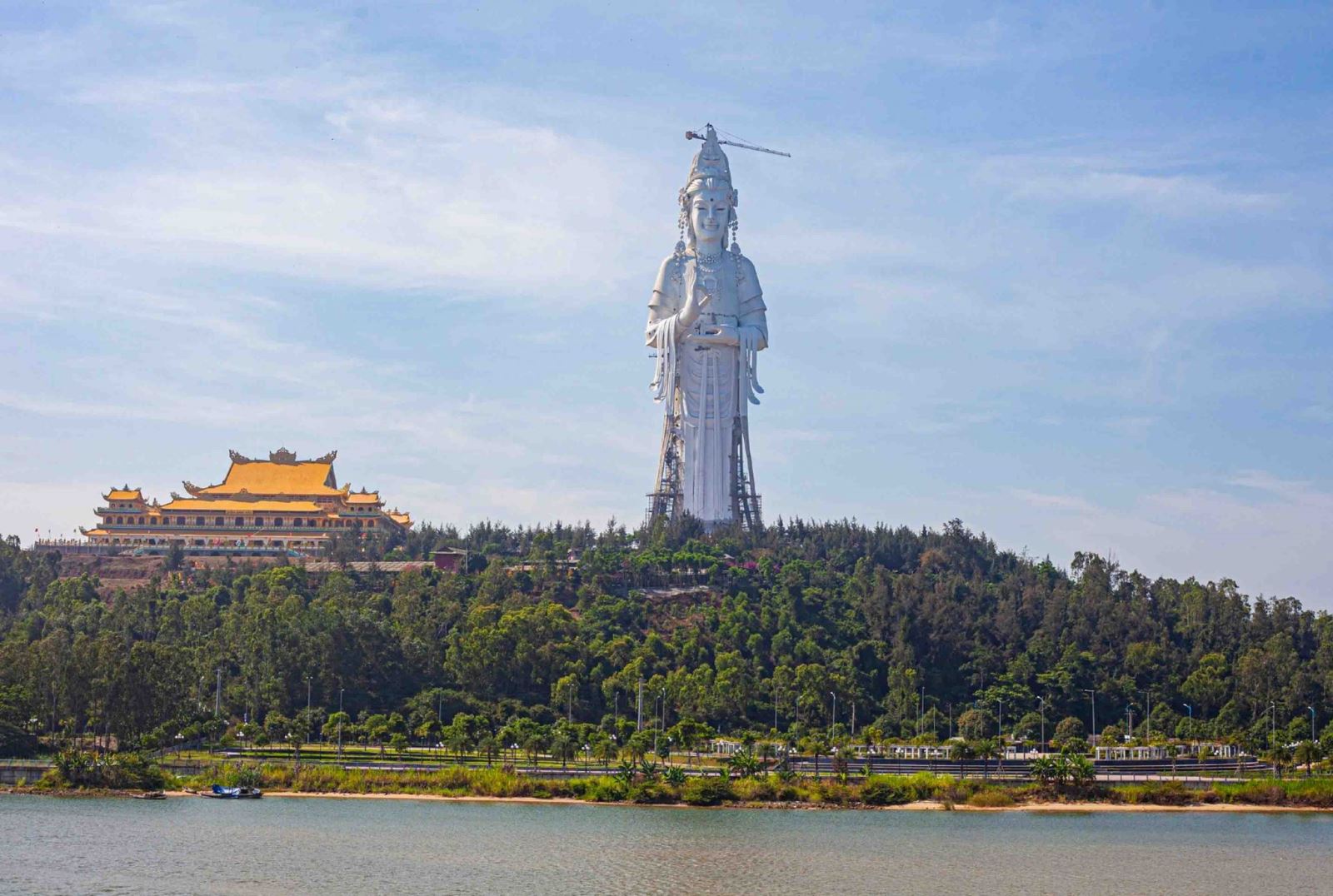
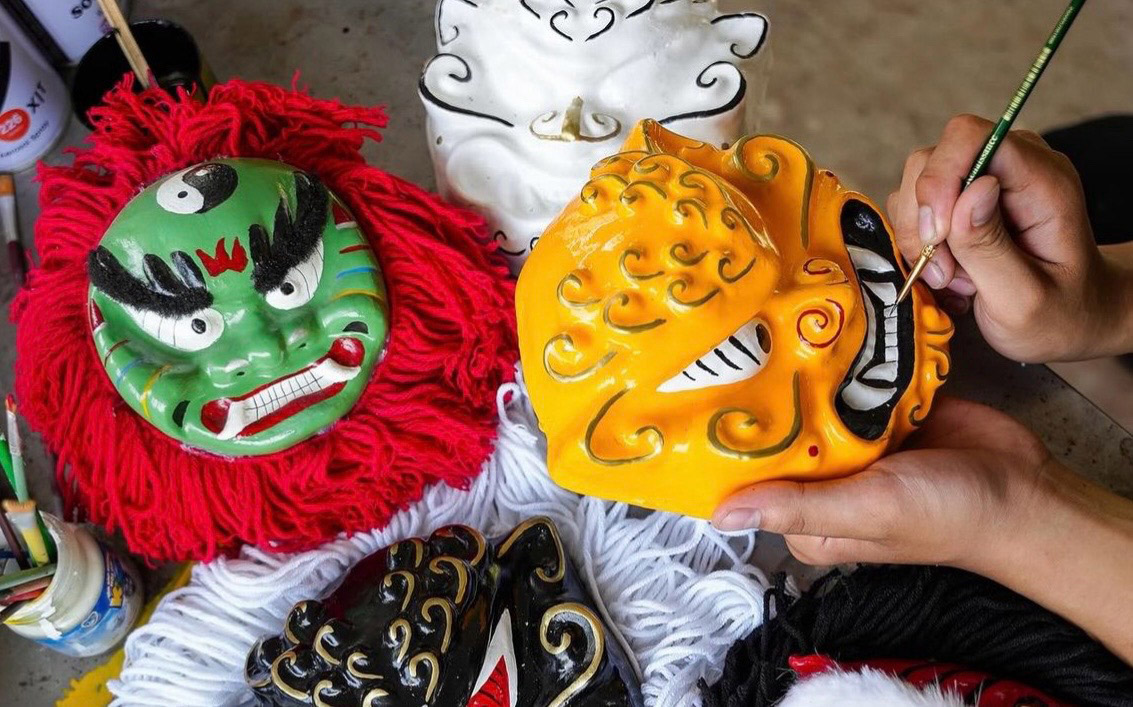
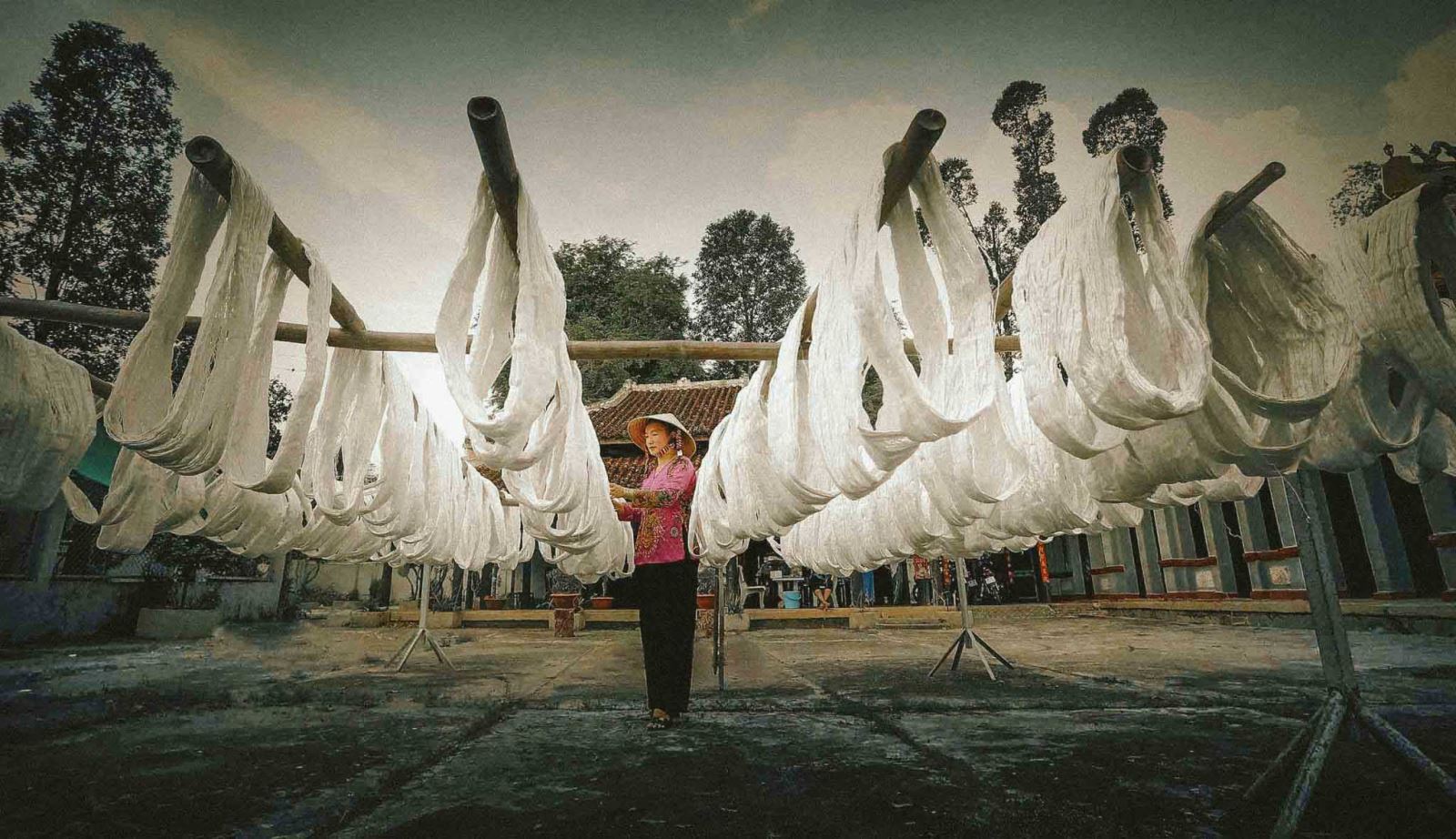

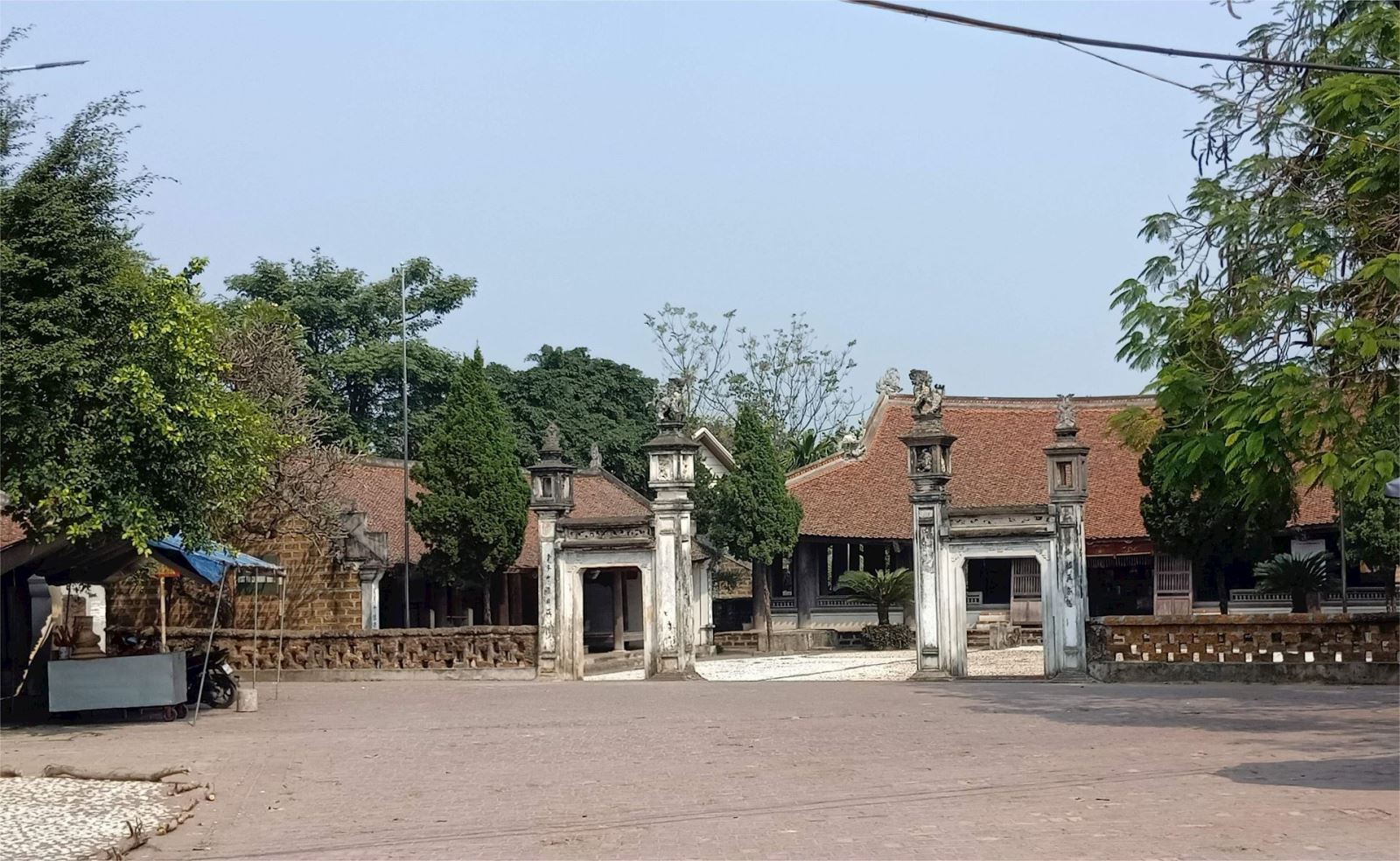
.png)